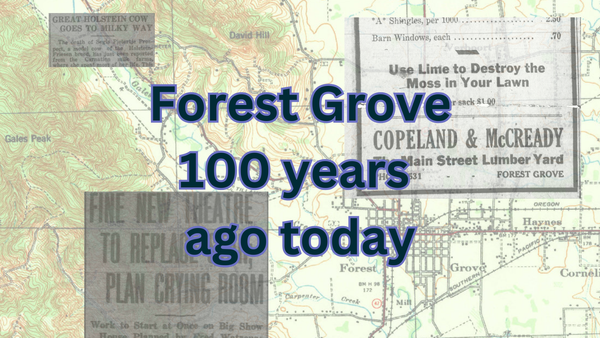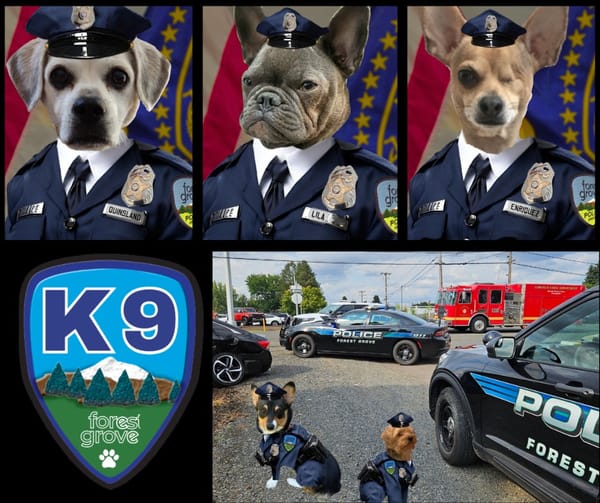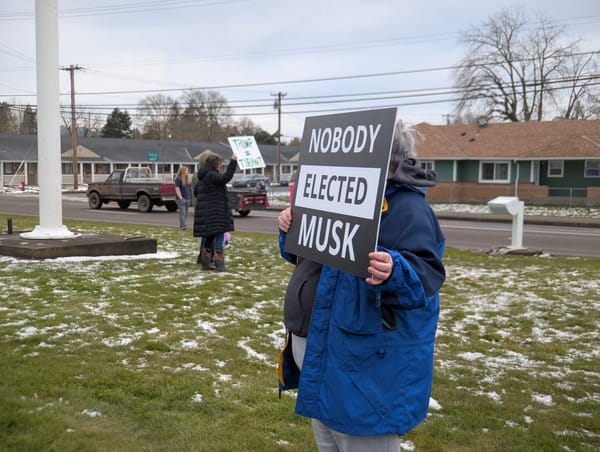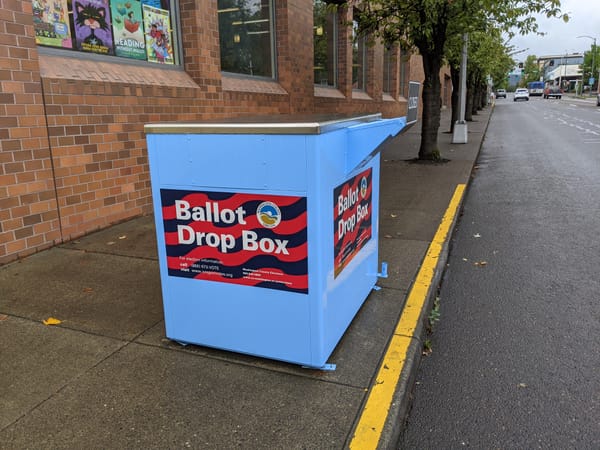Inside the Forest Grove Police Department
The Forest Grove Police Department is throwing open the doors of their 48-year-old building Saturday and in April and May to answer questions from the public in advance of a May ballot measure asking voters to pay to build a new station.
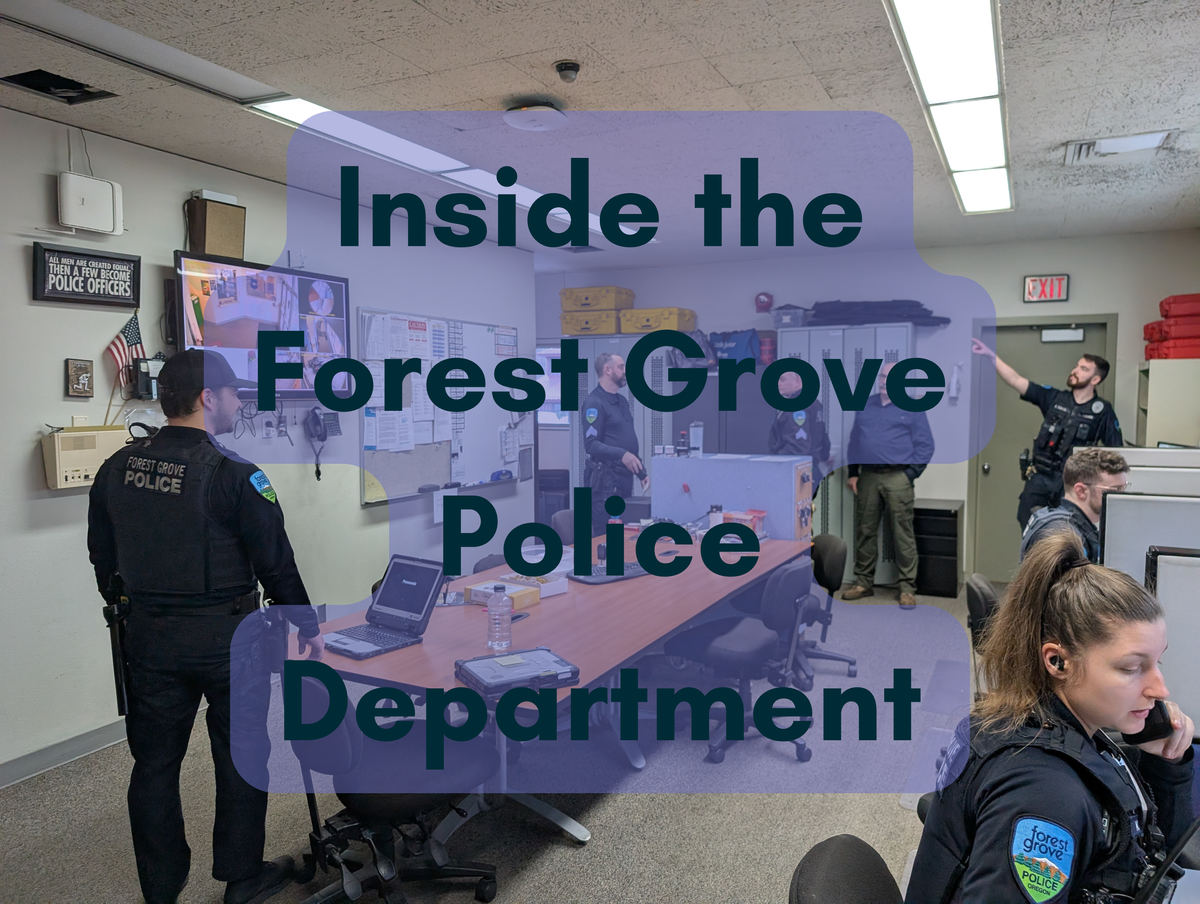
In May, Forest Grove voters will be asked to shell out to build a new police station. The city's law enforcement agency says the current facility is inadequate for a multitude of reasons. A study to see if the current building could be retrofitted showed it would cost more than building one from scratch, the department said.
The current building, built in 1977 to house 12 officers, according to an information page on the city's website, is 12,120 square-feet.
Now, staff at the facility have grown to 40.
To address a laundry list of issues, including a lack of seismic resilience, a building that doesn't meet accessibility standards, lack of storage space for evidence and records and more, the city is asking voters to approve a bond on the May 20 ballot to fund a new station at a different location on the same block.
"For a 20-year $29.5 million general obligation bond, the average cost per household is approximately $263 per year," the city of Forest Grove said.
That comes to about $21.92 per month.

Read more about the bond details at this link.
To showcase the building's issues and answer resident questions, the Forest Grove Police Department is opening their doors to the public for station tours.
Saturday, March 29 | Coffee with a Cop & Station Tours at the FGPD | 10am-2pm
Tours are scheduled for 10:30am and 1:00pm
Wednesday, April 16 | FGPD Open House: Learn and Tour | 6pm
The event begins at the Community Auditorium, 1915 Main Street
Wednesday, May 7 | FGPD Open House | TBD
News in the Grove took a tour with Forest Grove Police Chief Henry, examining the building from top- to bottom, and spoke with officers and staff inside to ask about their experiences working in the 48-year-old building.
Here's what we saw.
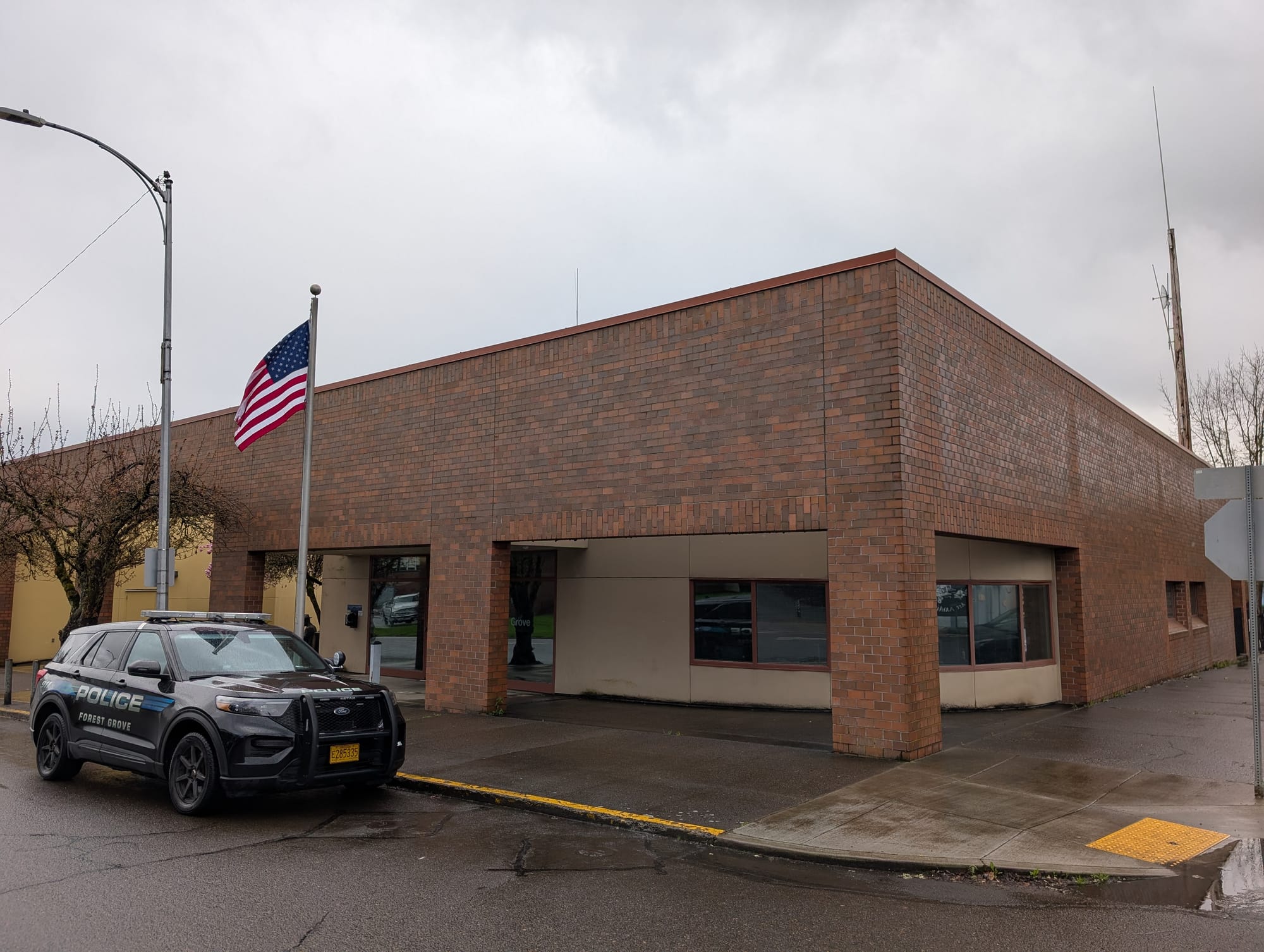
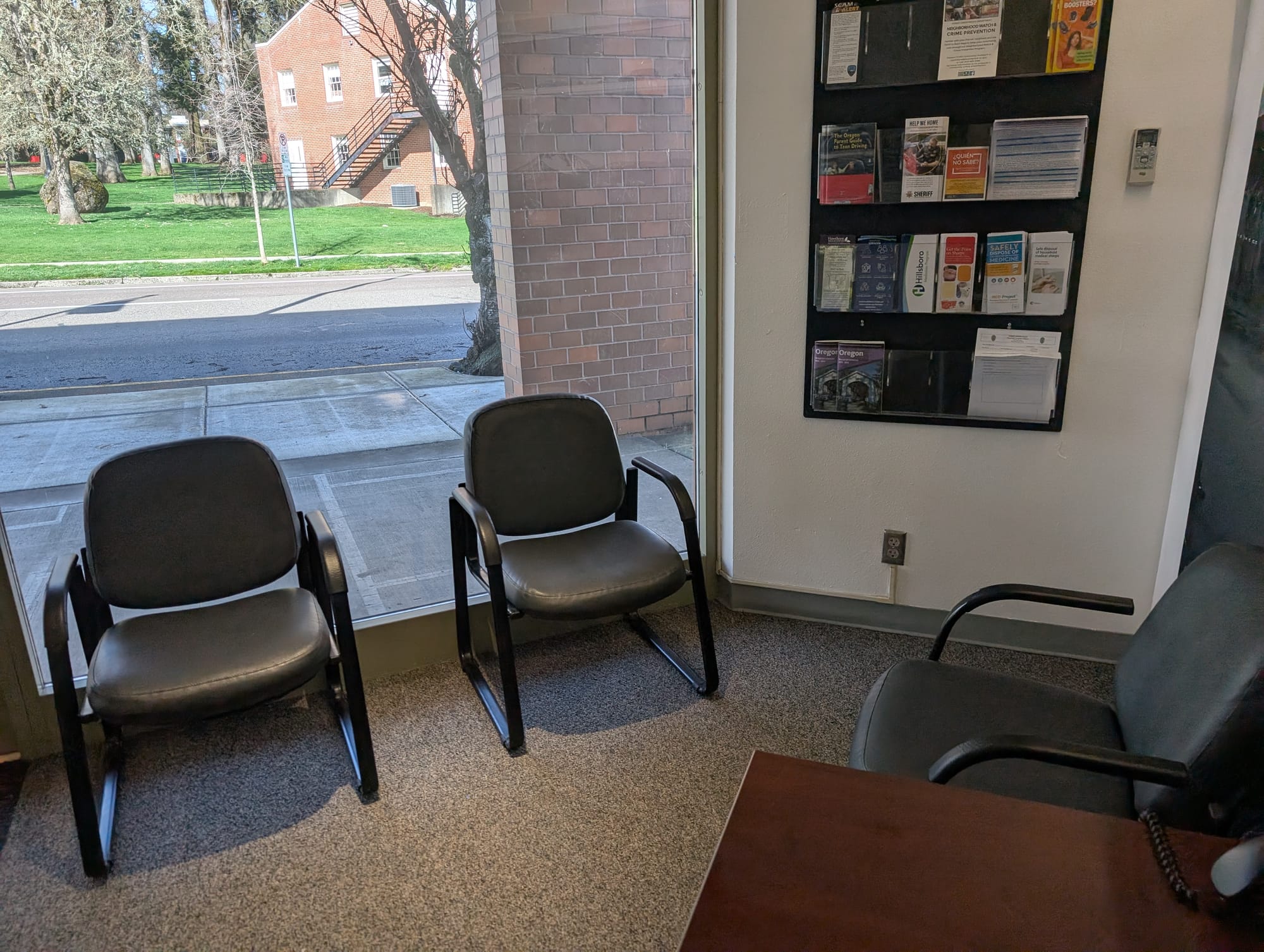
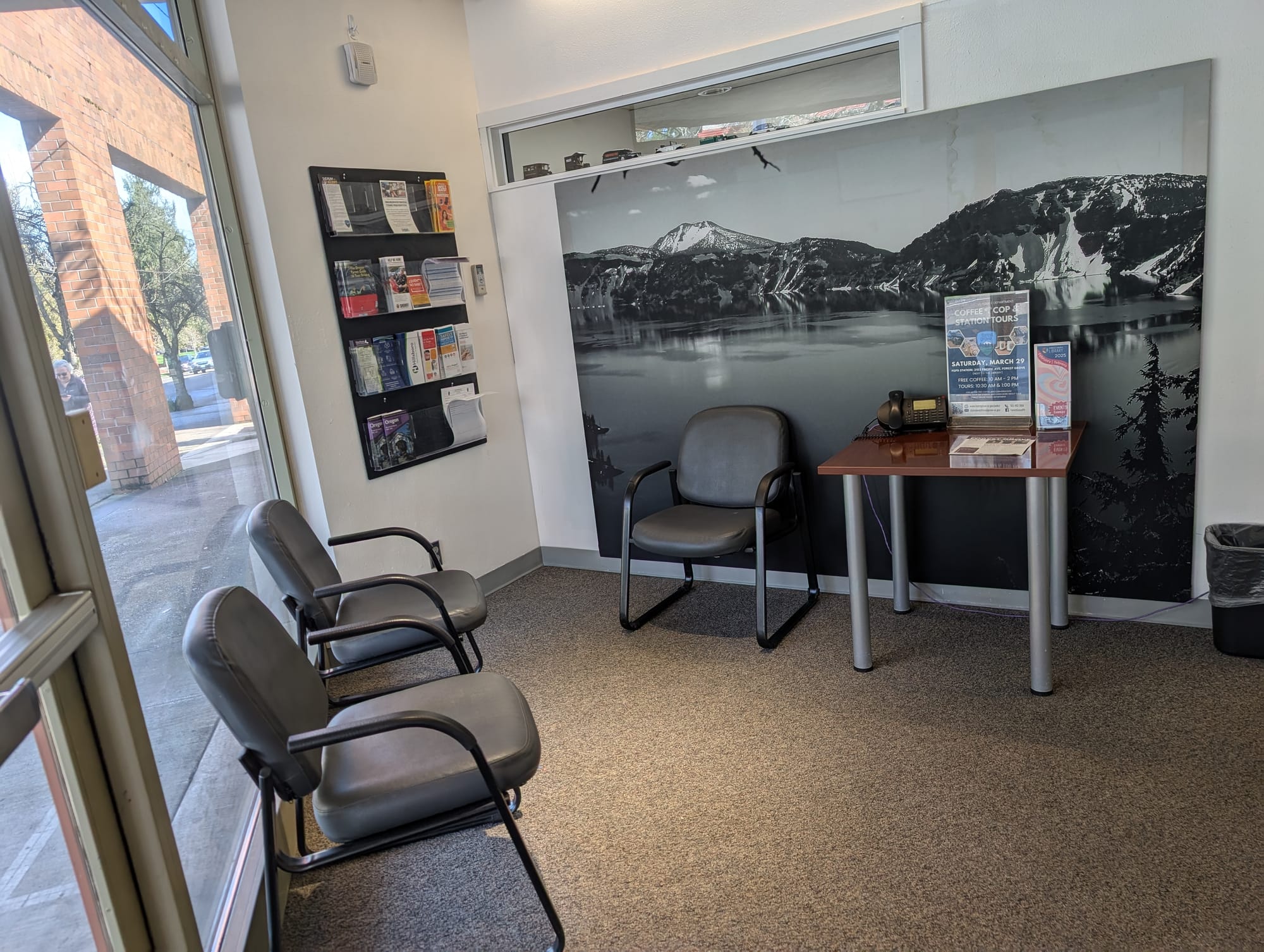
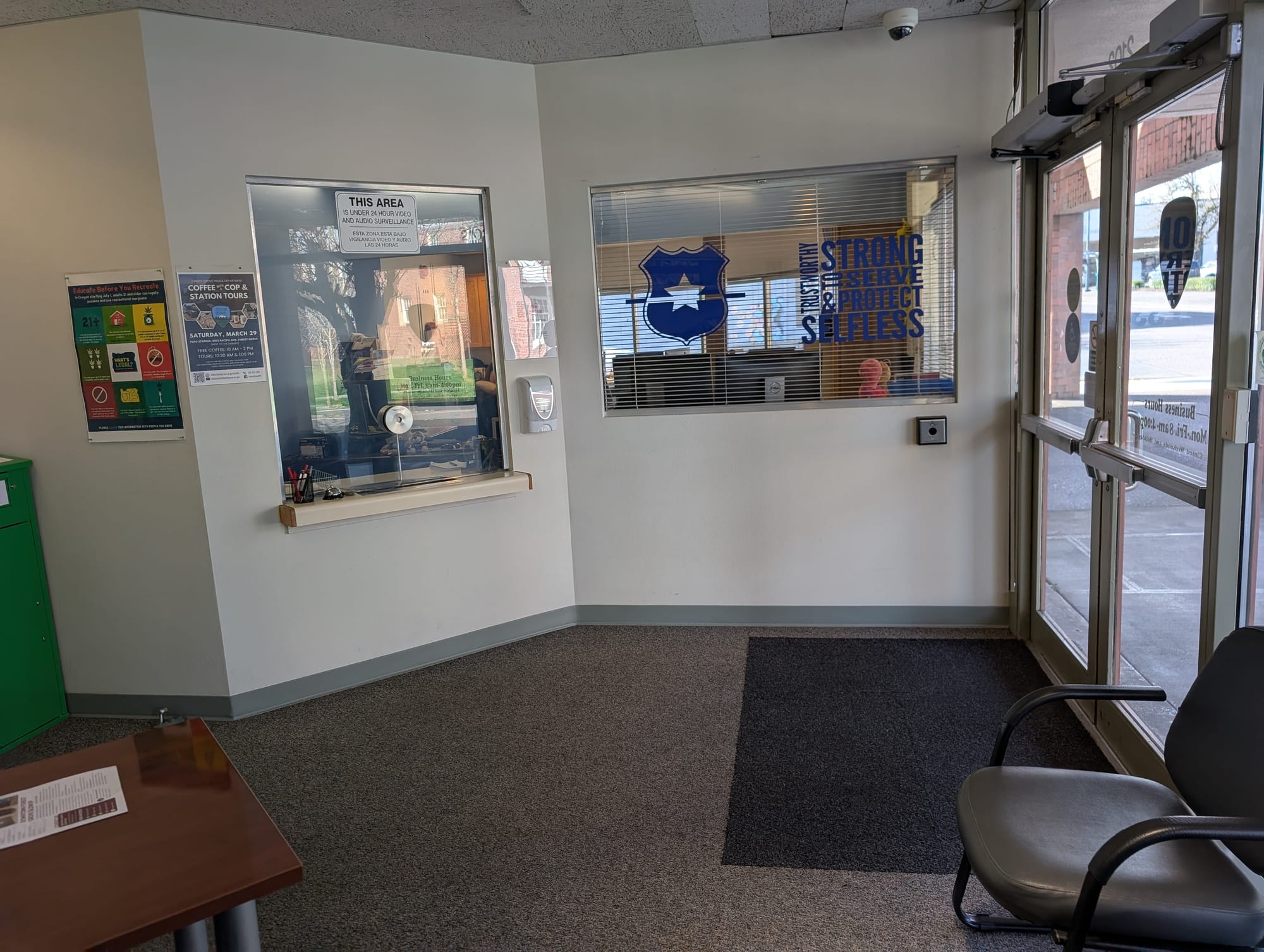
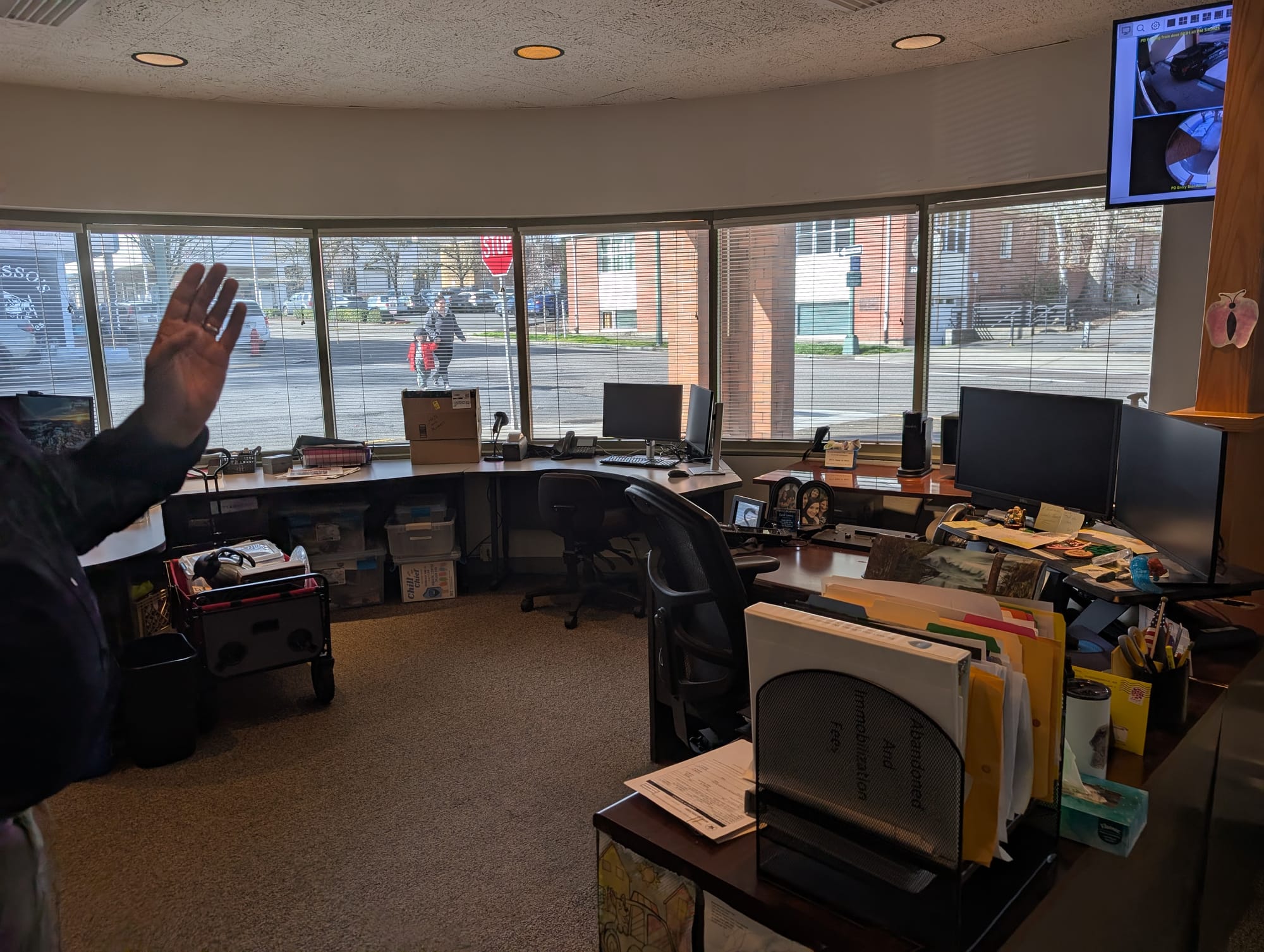
Walking into the building, the waiting area is small, with space for about four chairs.
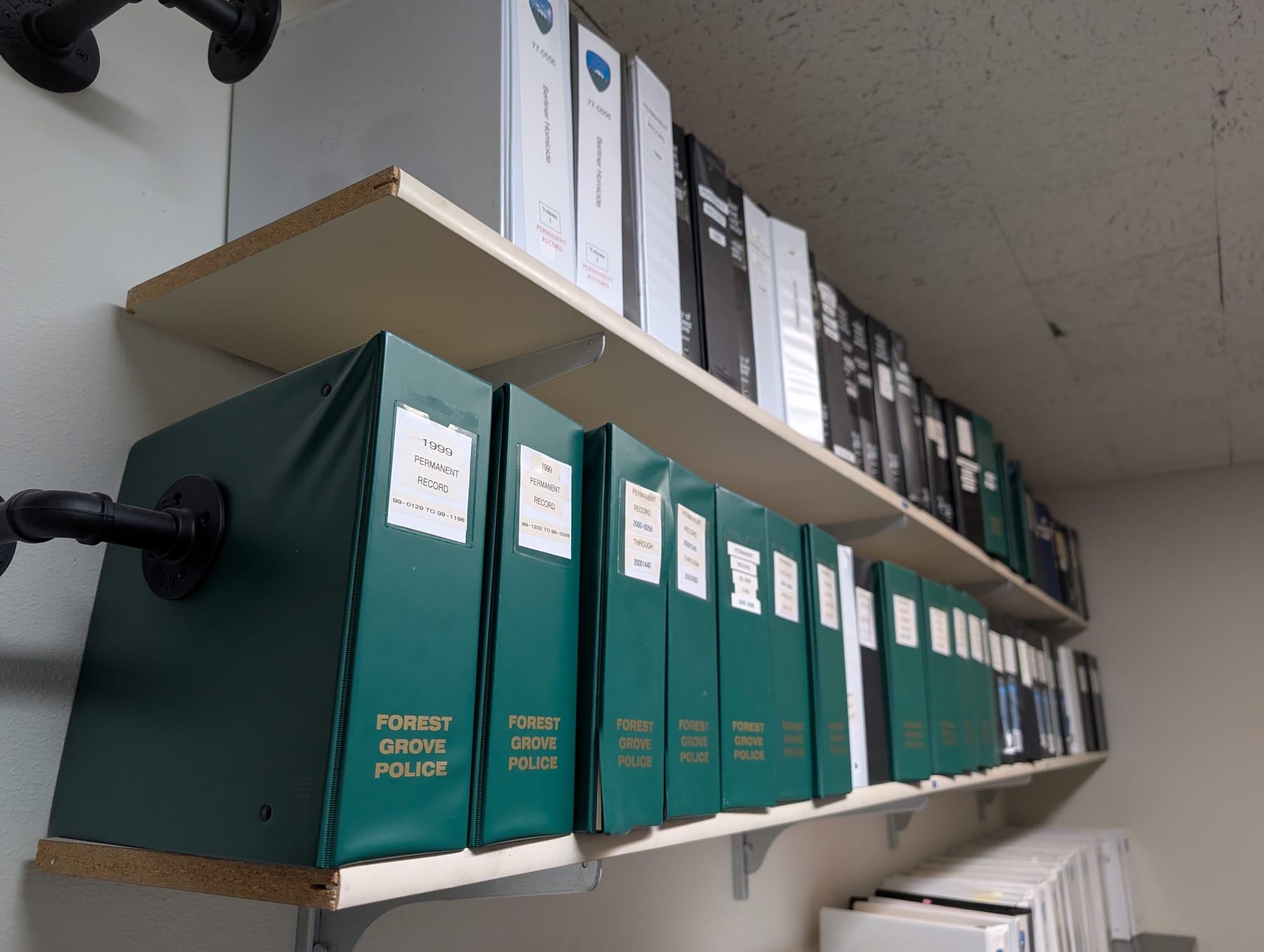
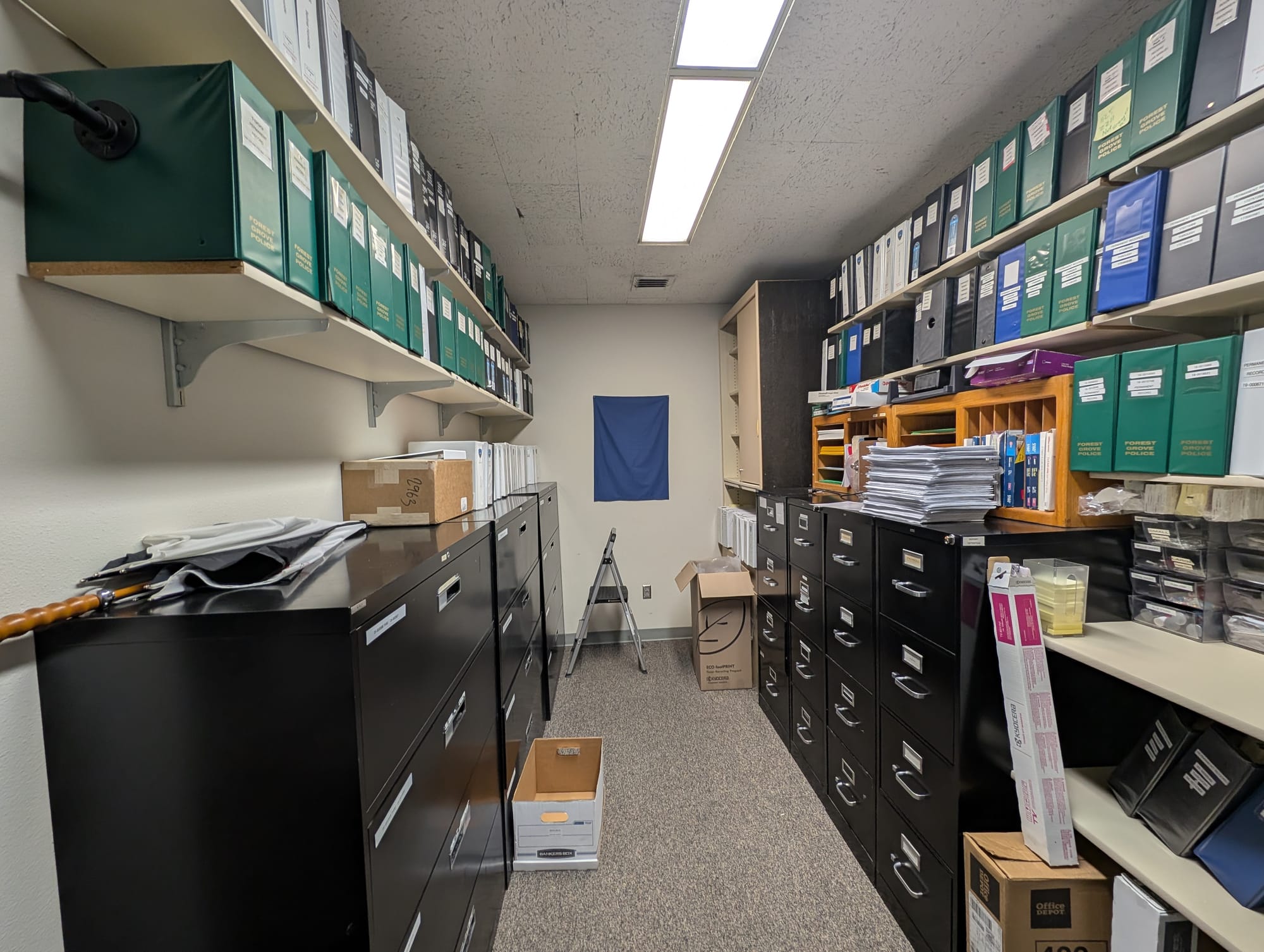
There are records stored throughout the building, dating back decades.
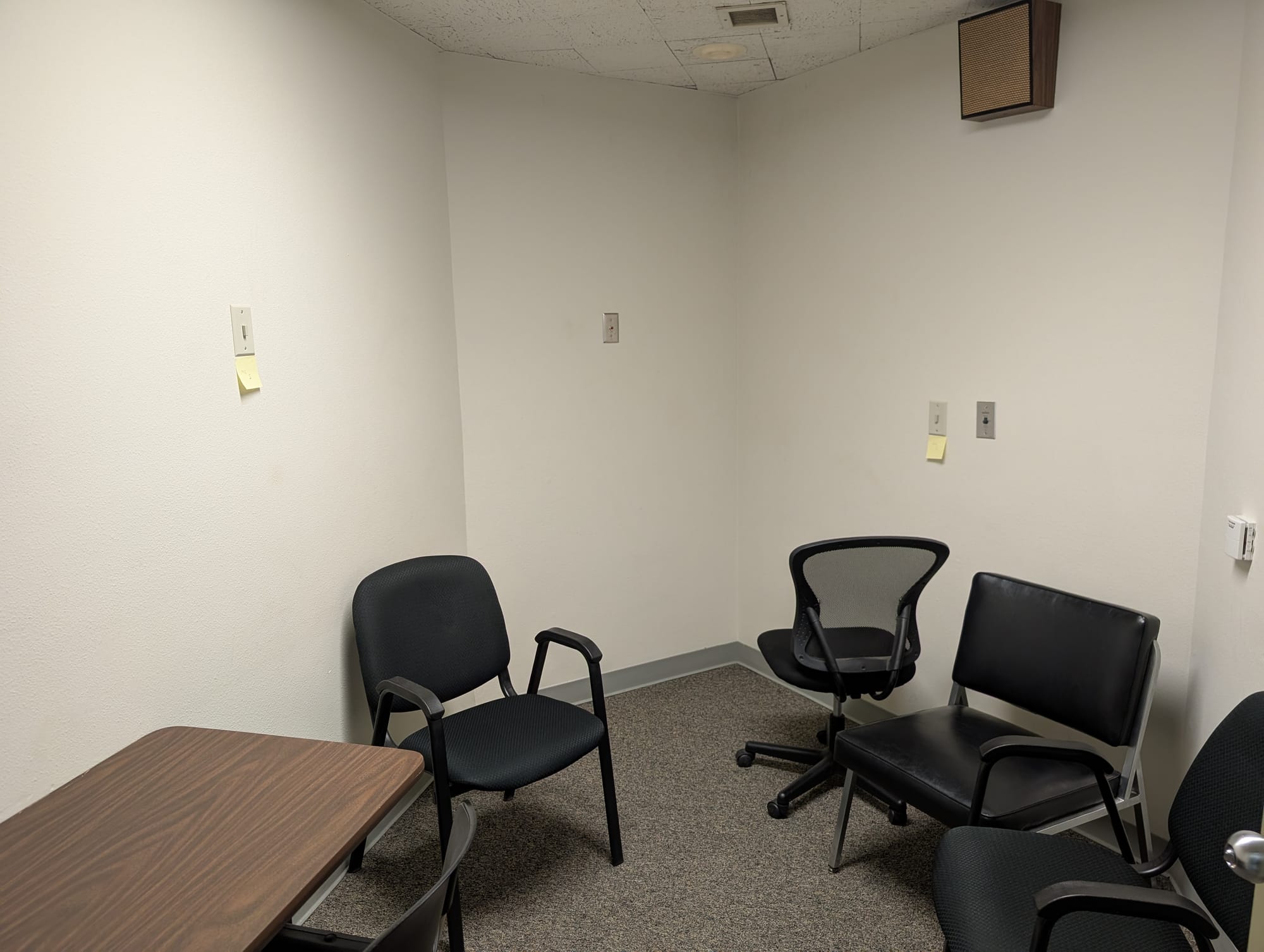
Detective Darren Pomeroy said trying to use the single interview room in a way that works with the trauma crime victims bring into the building is important to the Forest Grove Police Department, but space constraints make it a challenge.
That's not the only time space is an issue, Pomeroy said.
"If we have a big, big case going on, we usually bring in outside help, and we have to have places for people to land, to work, and that just doesn't really exist anymore here," he said.
Sometimes the department works with interagency groups like the Washington County Major Crimes Team, and when that happens, the already cramped quarters become a "major hurdle," Pomeroy said.
Detective Roberto Nava said the department has only one dedicated room to interview both suspects and victims, and the room is designed as a suspect interview room.
"A victim interview room is supposed to be a little more warm, so people are more comfortable. We don't really have that," he said.
If he can, Nava said, he tries to use the conference room in the building for that purpose, but if a meeting is happening or the room is being used for training, he’s out of luck.
Nava said he has taken victims outside and a block away to Forest Grove City Hall to borrow an empty room for interviews.
"If we just had a couple more rooms, we could have a victim room and a suspect room," he said. A larger building could also allow for multiple suspect rooms, including higher-security rooms for murder suspects.
"I think we need more spaces to do our job," Nava said.
Detectives temporarily affix an electric road flare to the wall and turn it on to signal that the room is in use.
"If we're actively interviewing somebody, having a quiet space is super important," Pomeroy said. "Everything can be heard outside [the interview room], so the victims can hear things, the suspects can hear things outside that room, it needs to be quiet, and we don't have that, unfortunately," he said.
The room he stood in was originally designed as an office for two people. Chief Reimann said up to five officers now work from it.
Inside the interview room—a small, drab space with odd proportions and angles—a table and four mismatched office and waiting room-style chairs filled the space.
"If you were to close the door and put two detectives in here and sometimes you have a victim with an advocate, it gets small real fast," Pomeroy said. "And this is the coldest room probably in the building," he added.
As for the odd angles throughout the building?
"I think that might have been a thing in the 70s, I don't know," said Chief Reimann. The angles have proved challenging over the years as the department has grown and tried to reconfigure the spaces to meet the staffing needs of a city that has more than doubled in size from when the building was first constructed.
"We are basically in a building that does not serve the needs of the community," Reimann said.
The building’s small size, its inability to withstand an earthquake, and the expected addition of more staff in the coming years leave no room for expansion, Reimann said.
"Most police facilities are 20 to 30 years old," Reimann said.
"I know there's a lot of concern in regards to cost," Reimann said. "Unfortunately, it's not going to get any more cost effective to wait another handful of years."
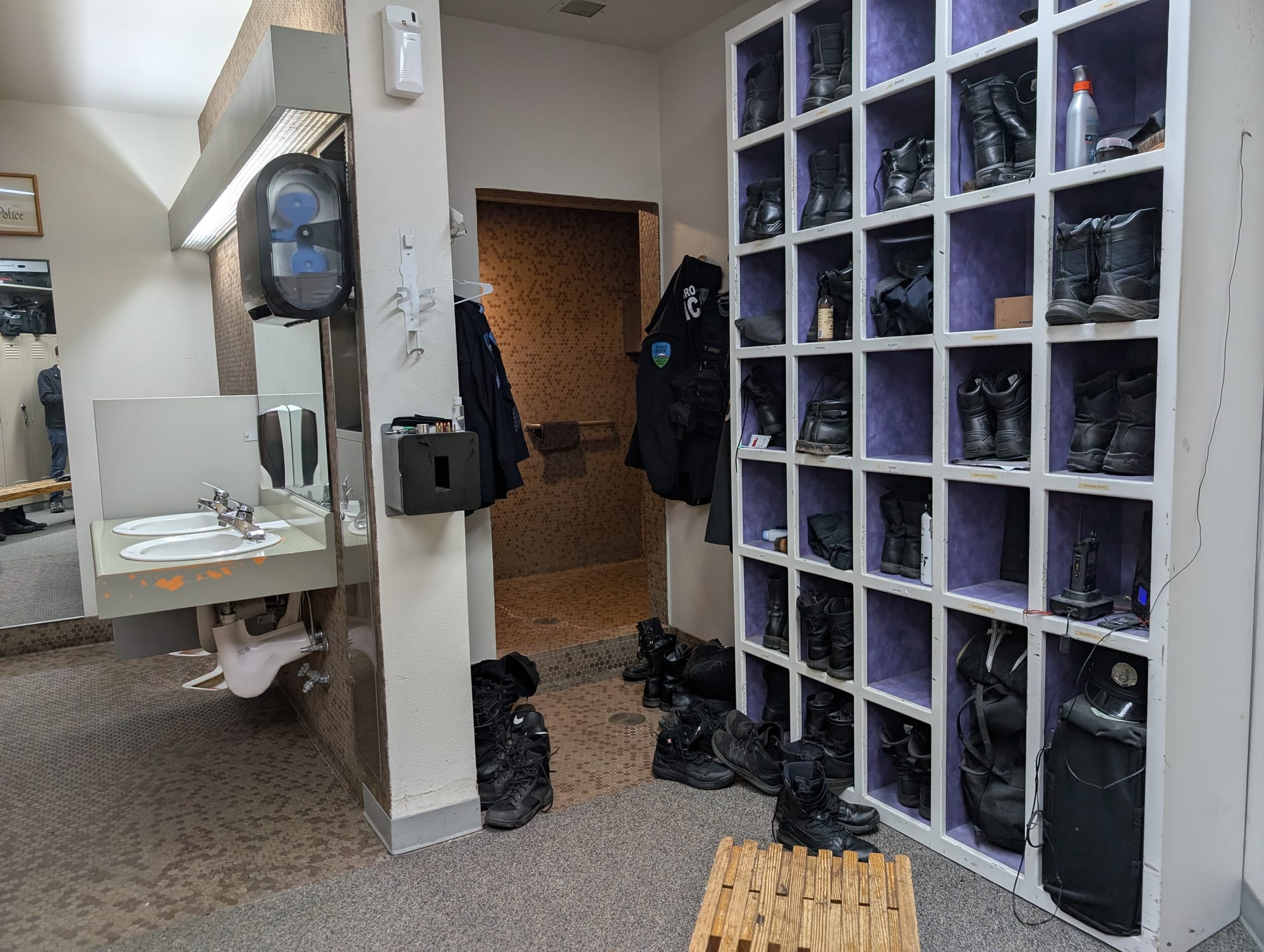
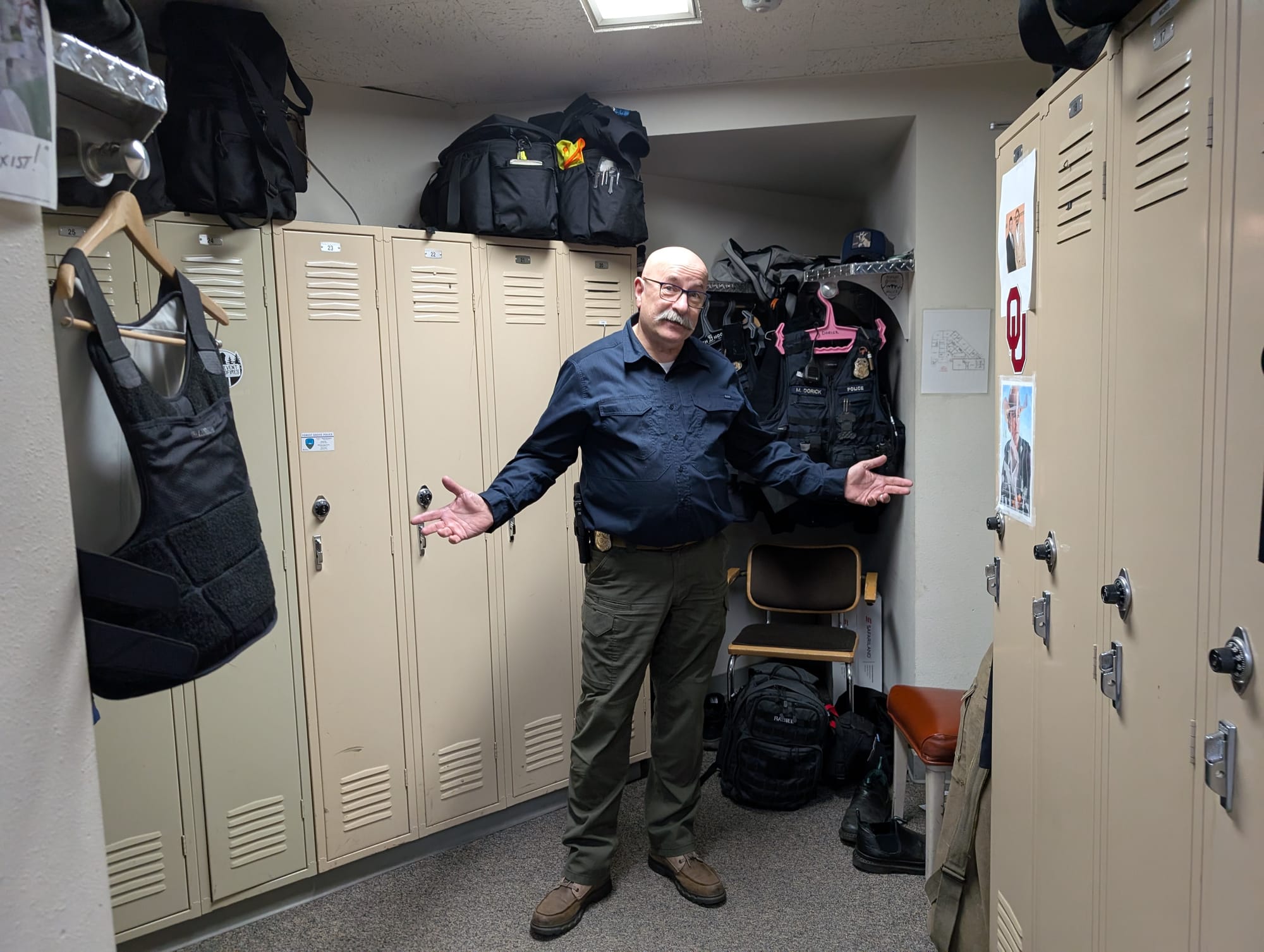
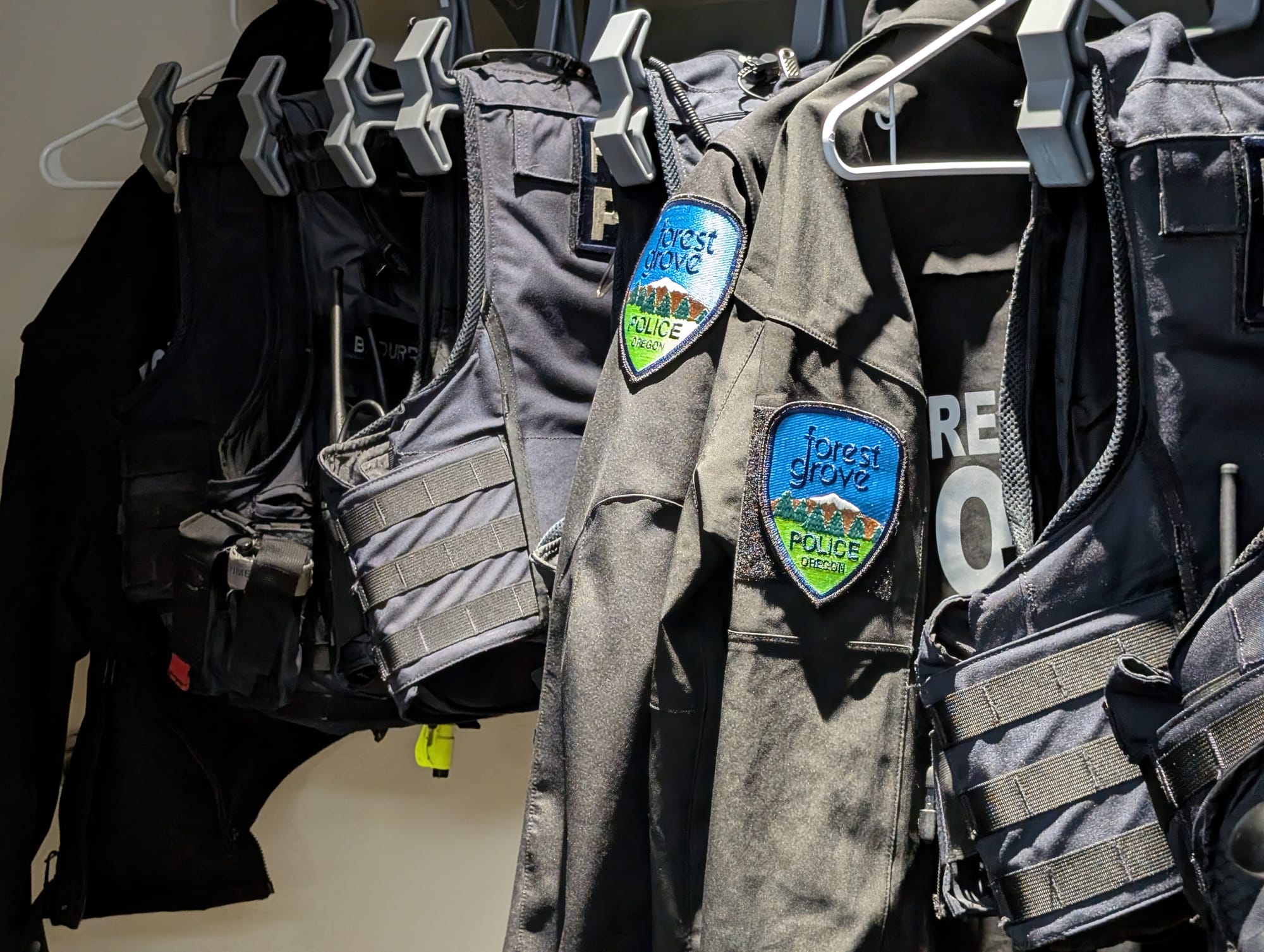
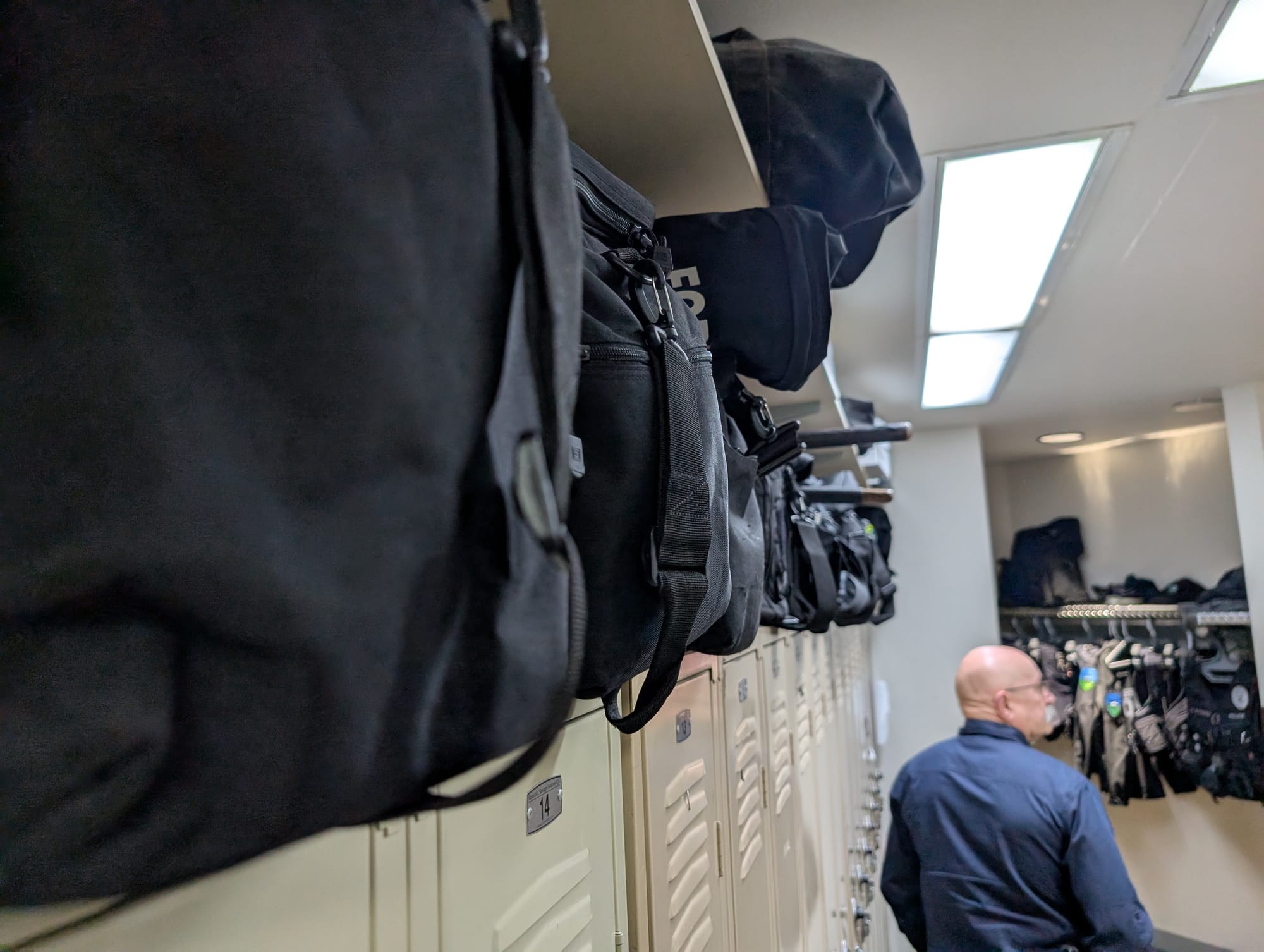
The men's locker room.
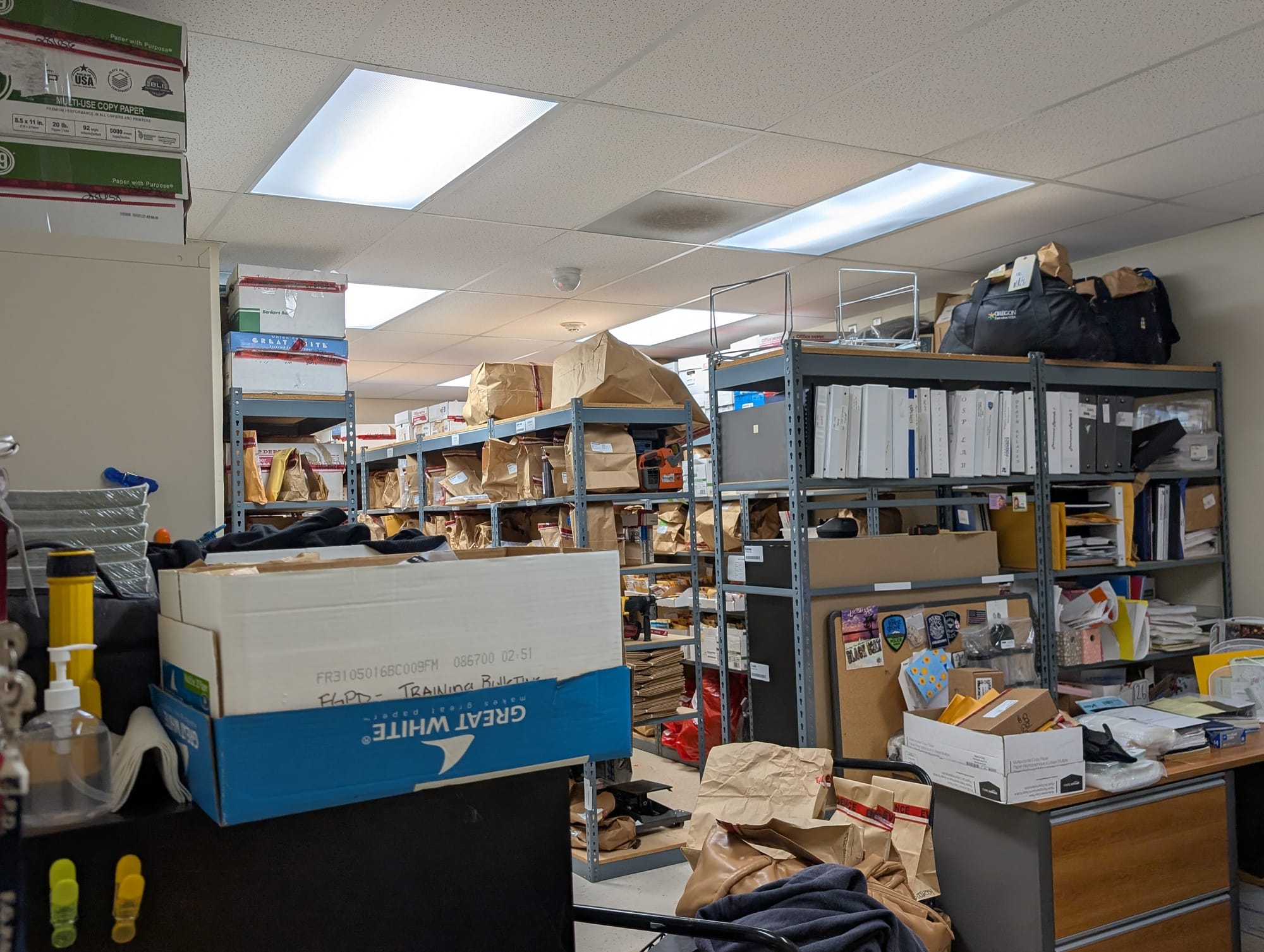
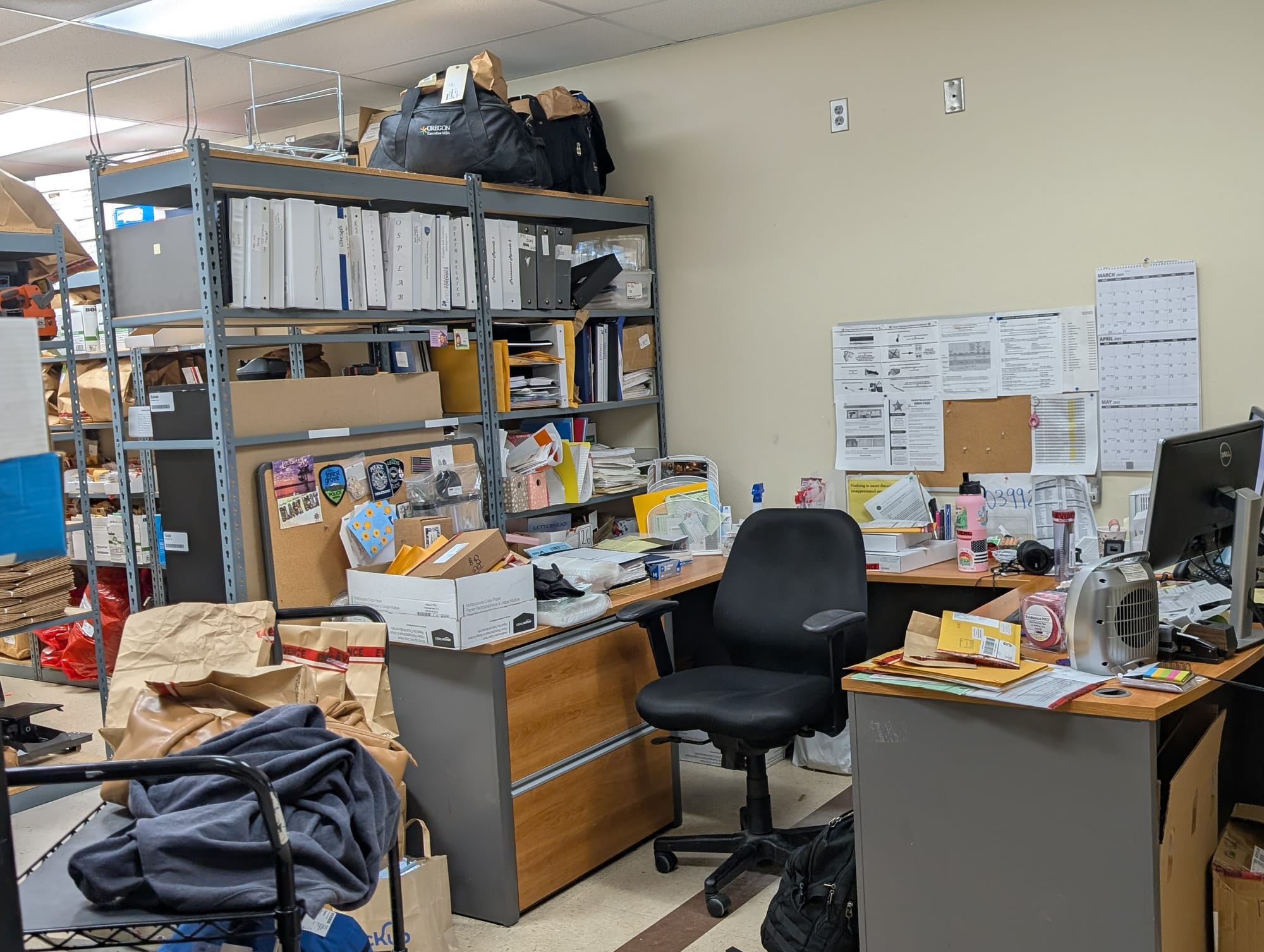
Evidence must be maintained, and while the station has storage elsewhere offsite, there's little room left in their building, staff said.
A closet has been turned into a space to process evidence
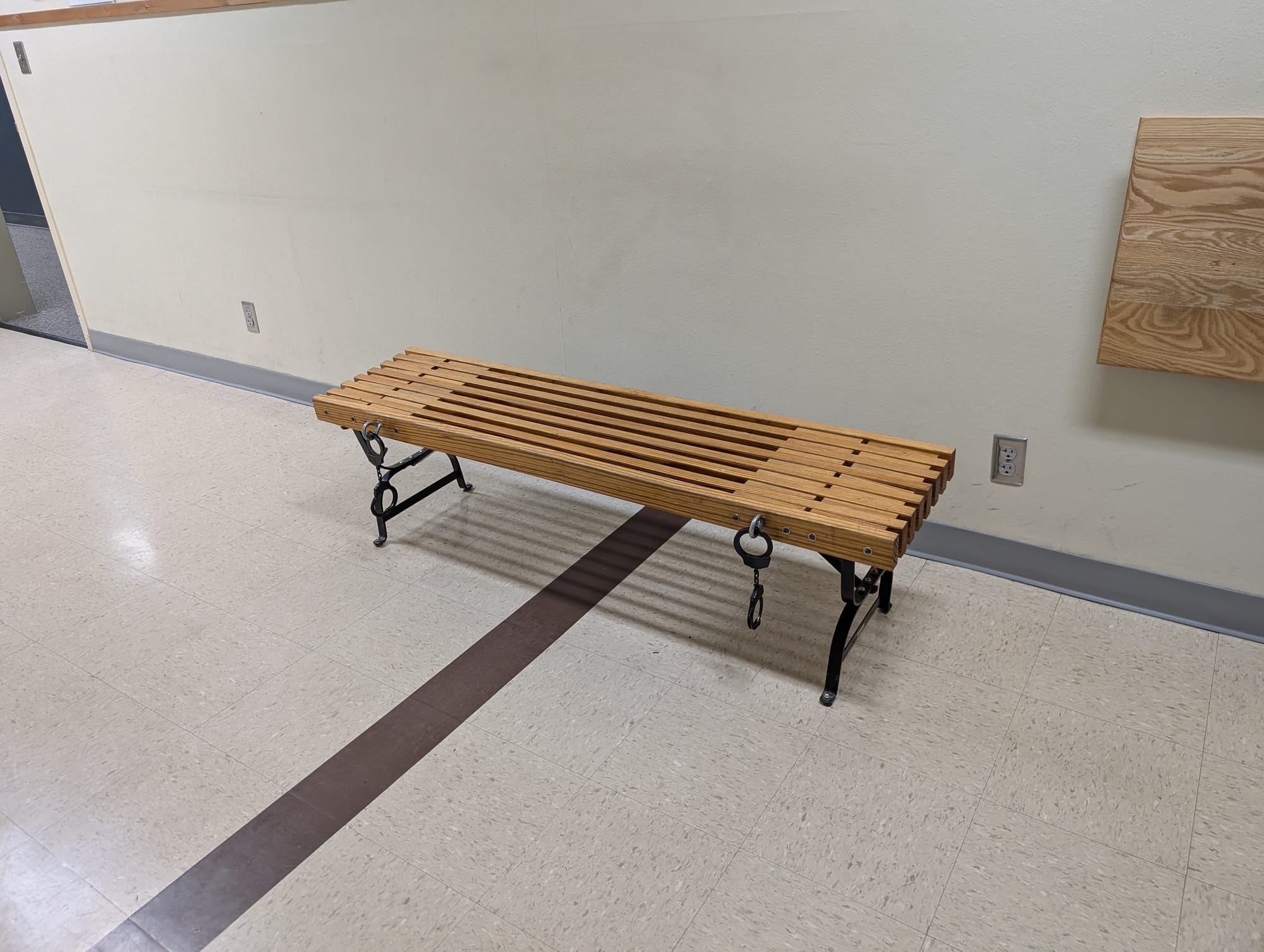
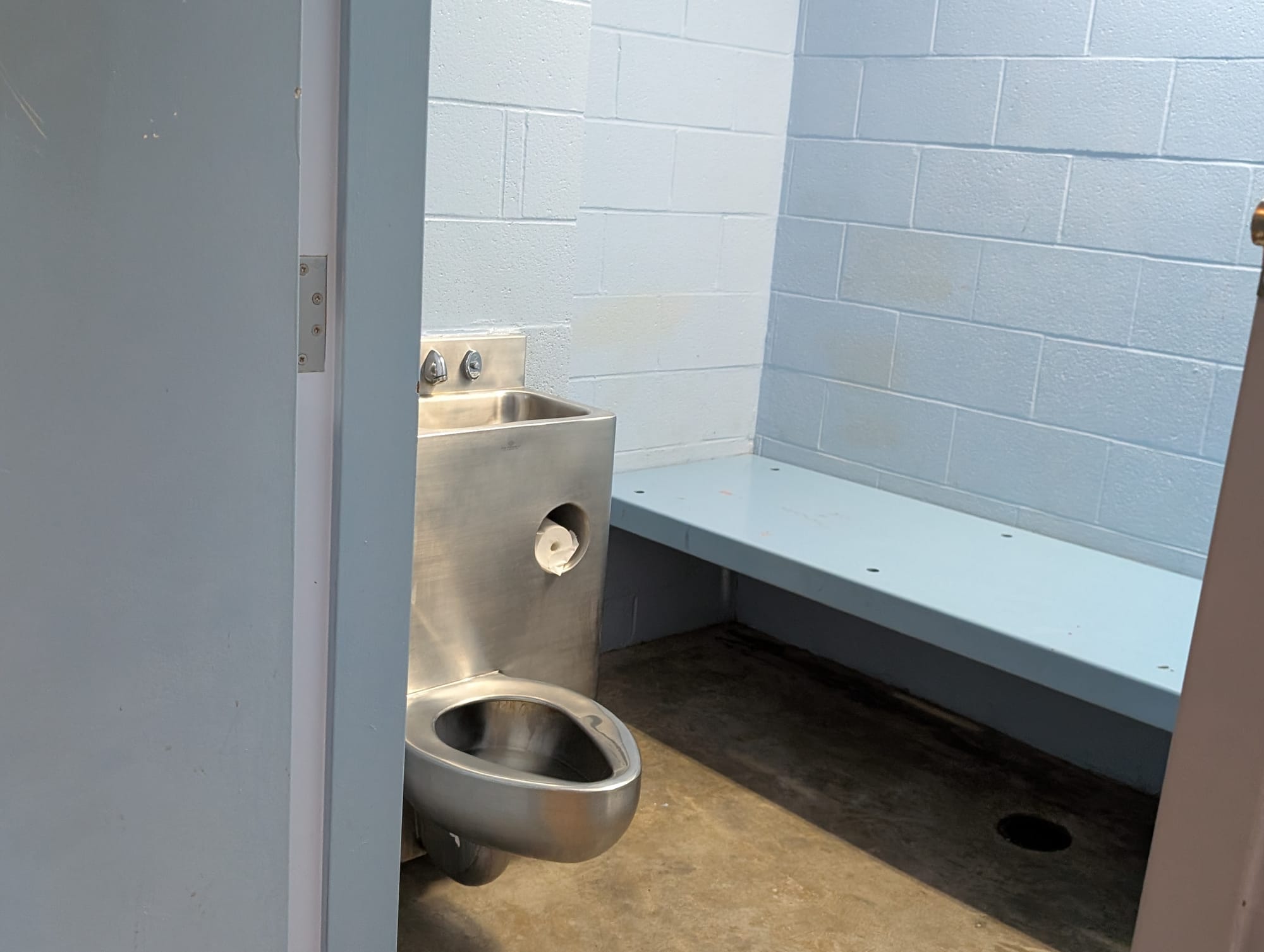
A holding cell at the station, and a bench with handcuffs.
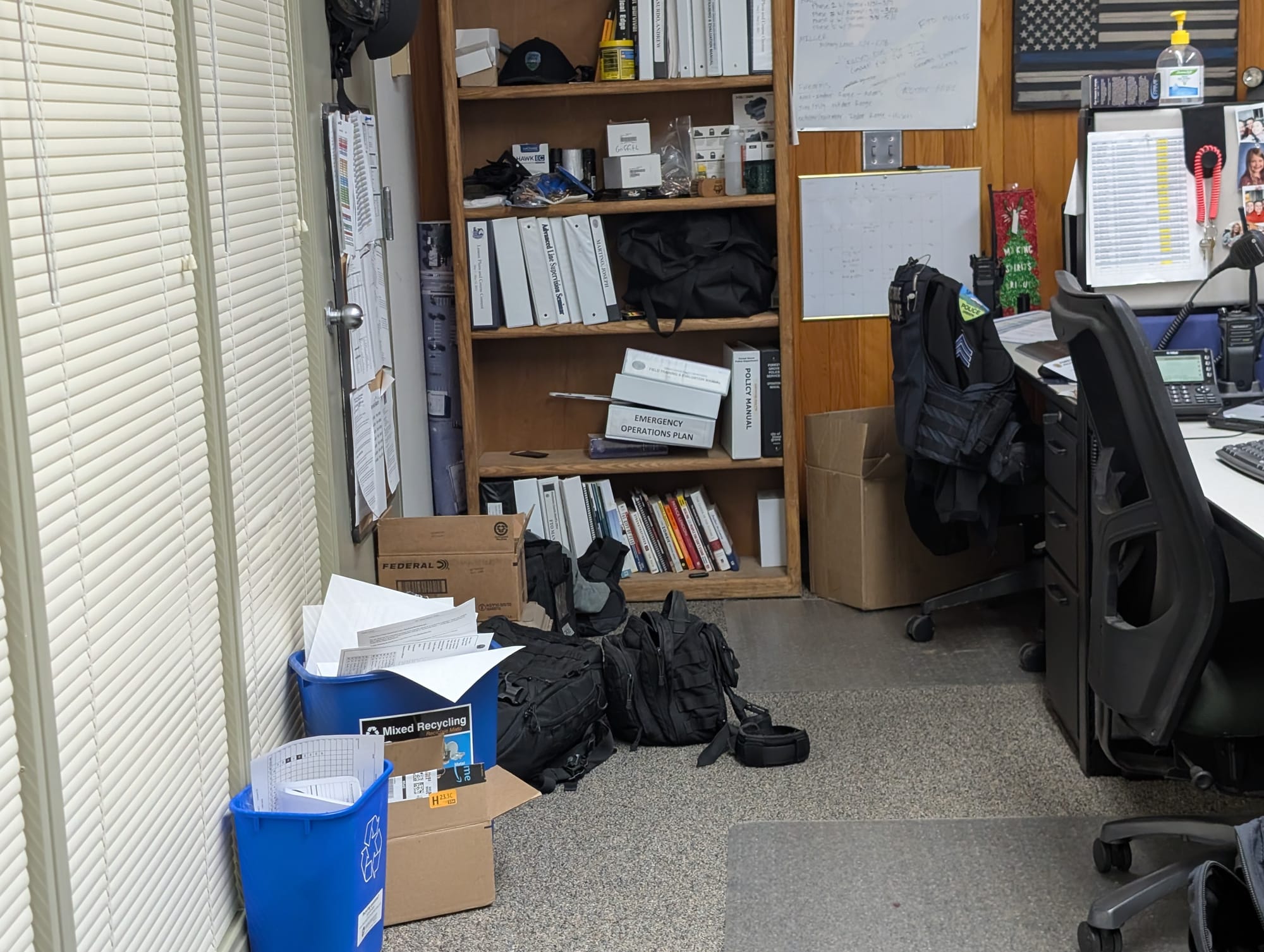
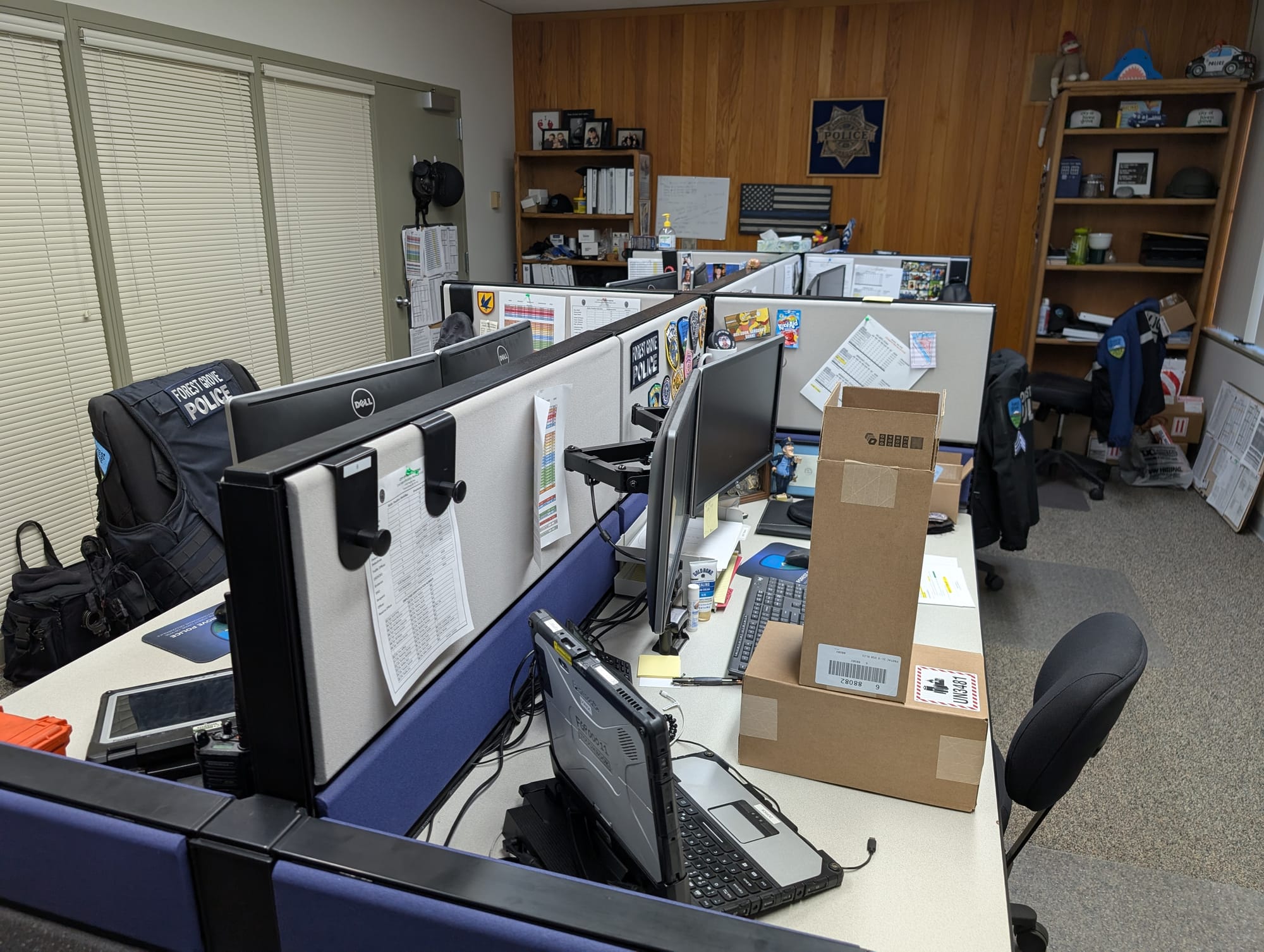
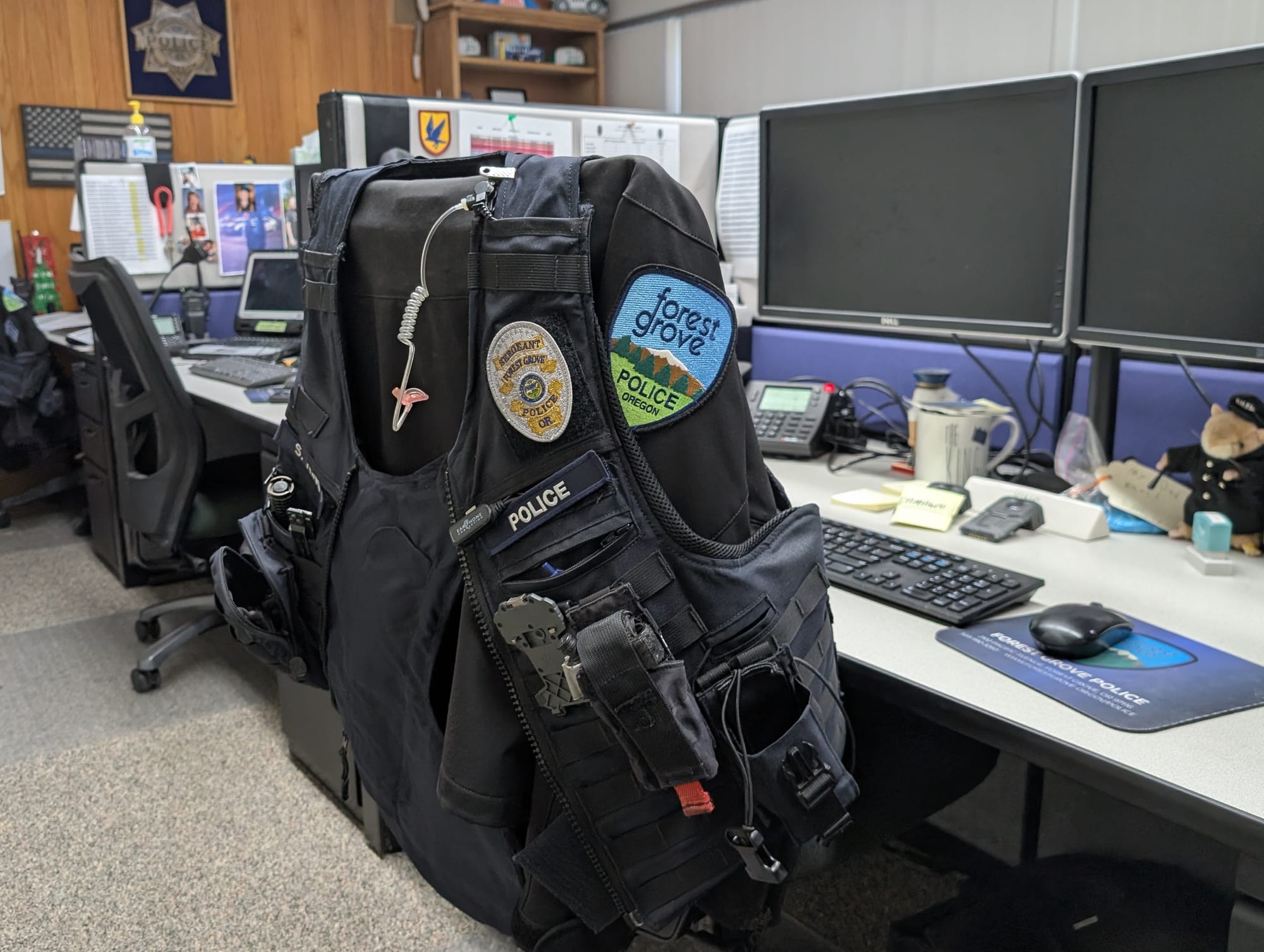
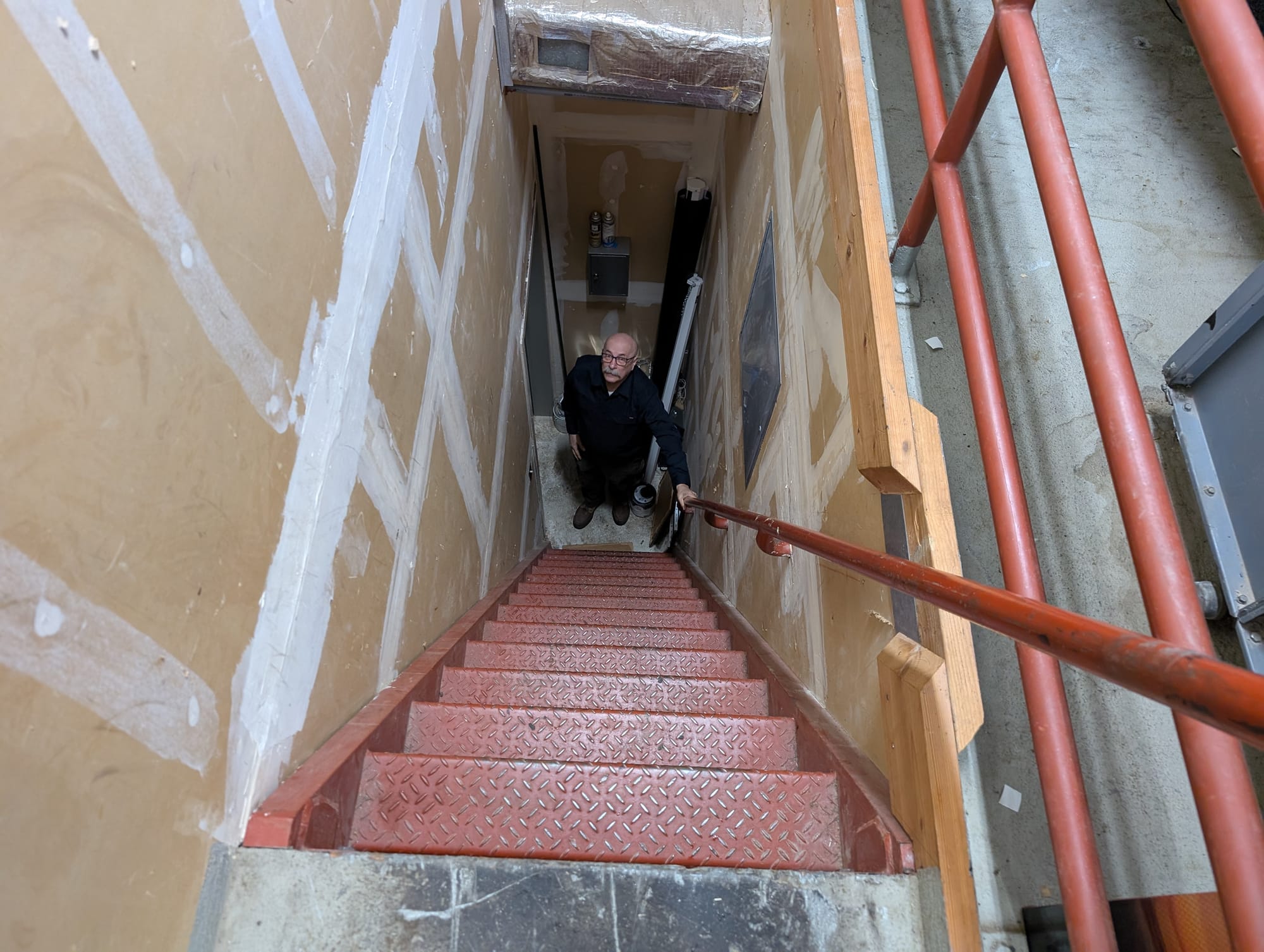
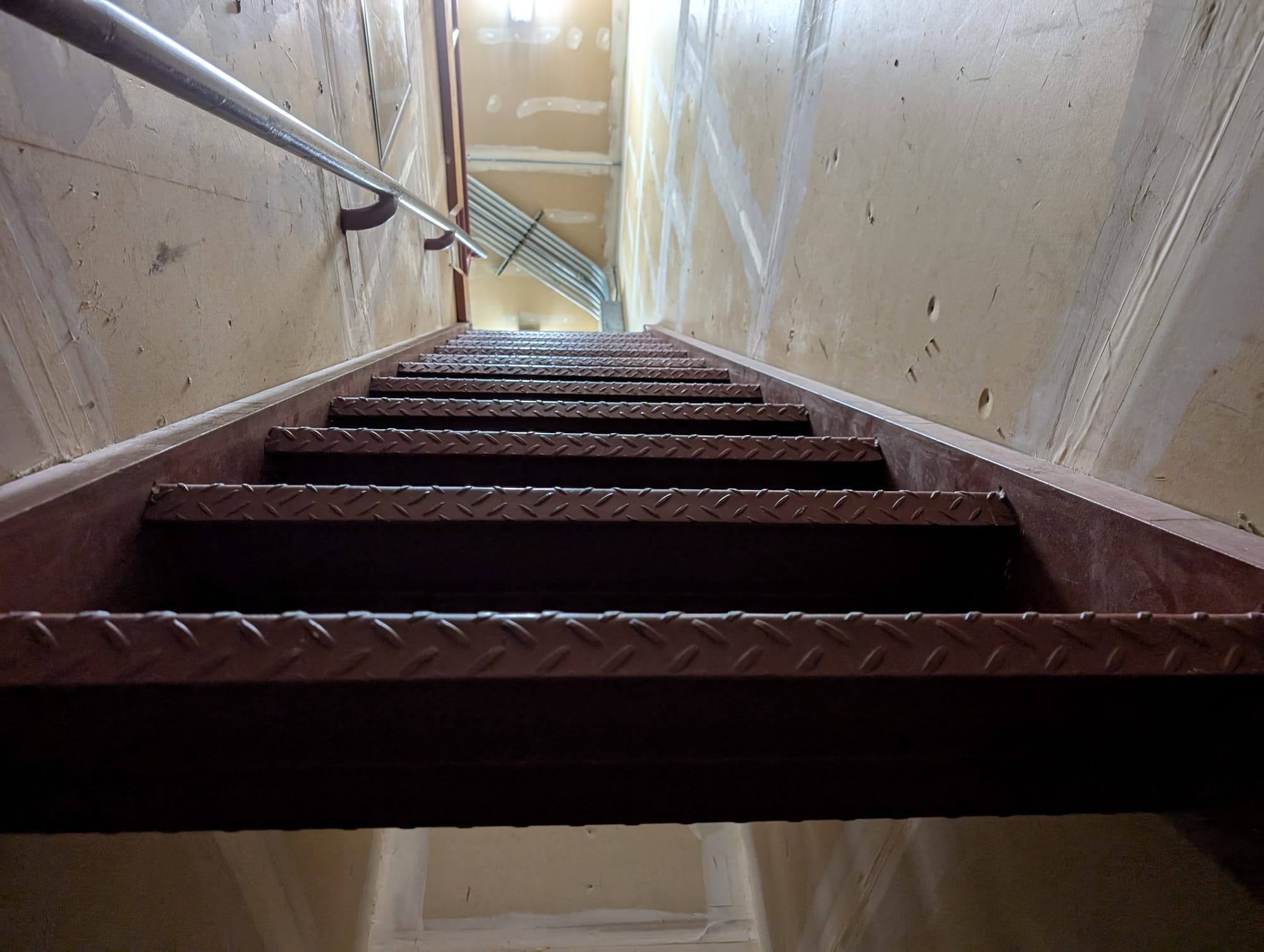
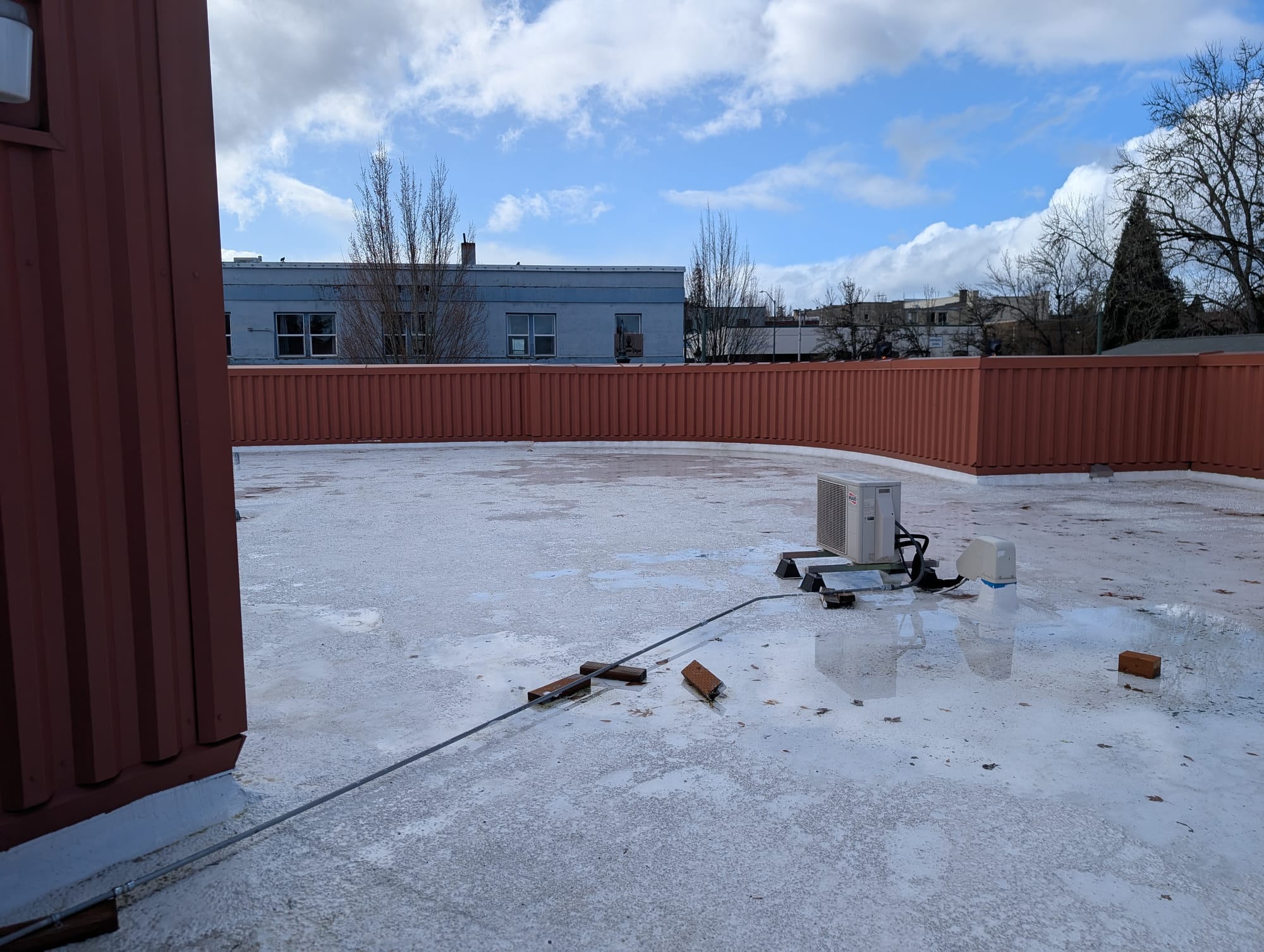
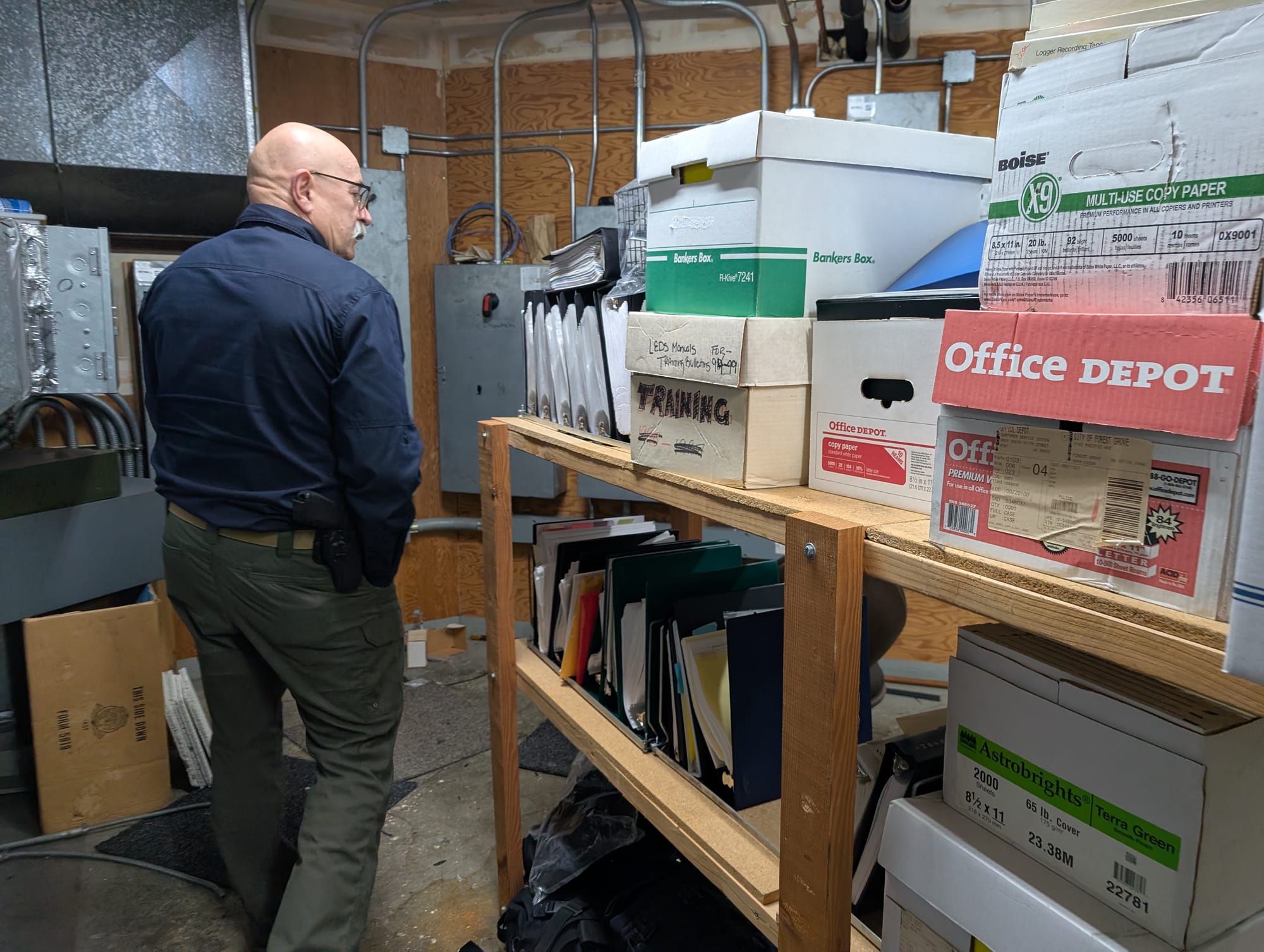
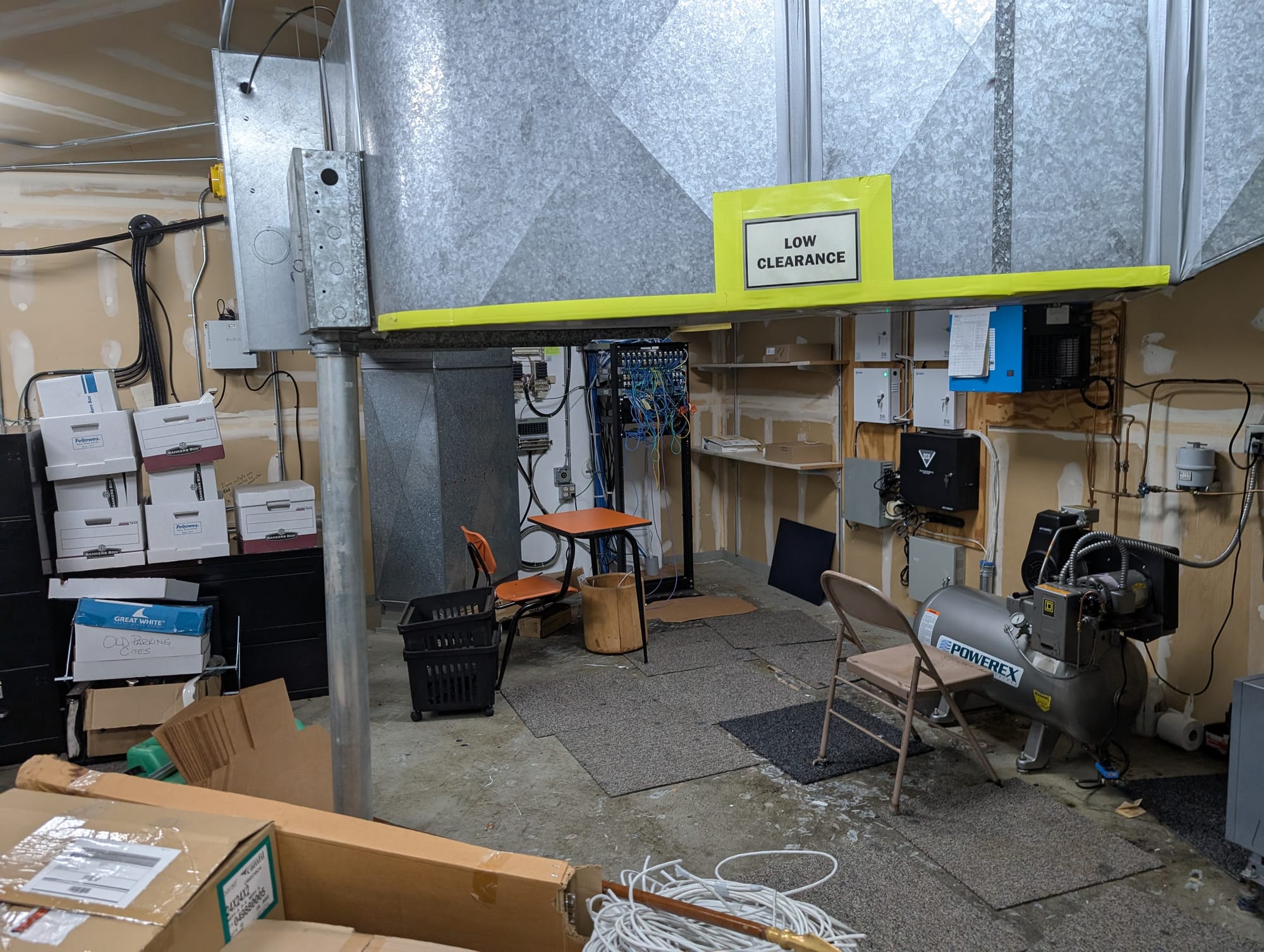
Heading upstairs, we find more storage stacked near the facility's heating and cooling machinery.
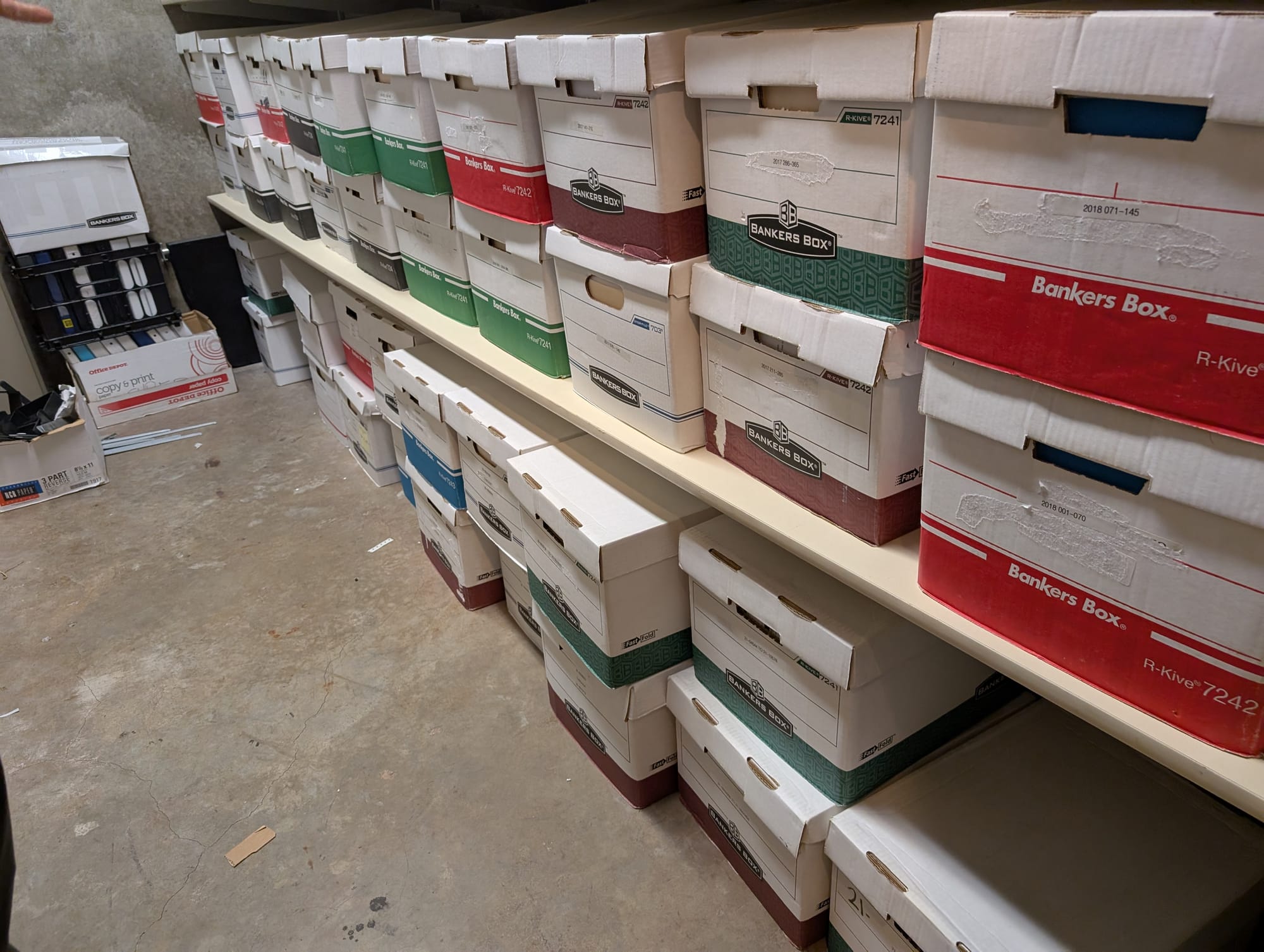
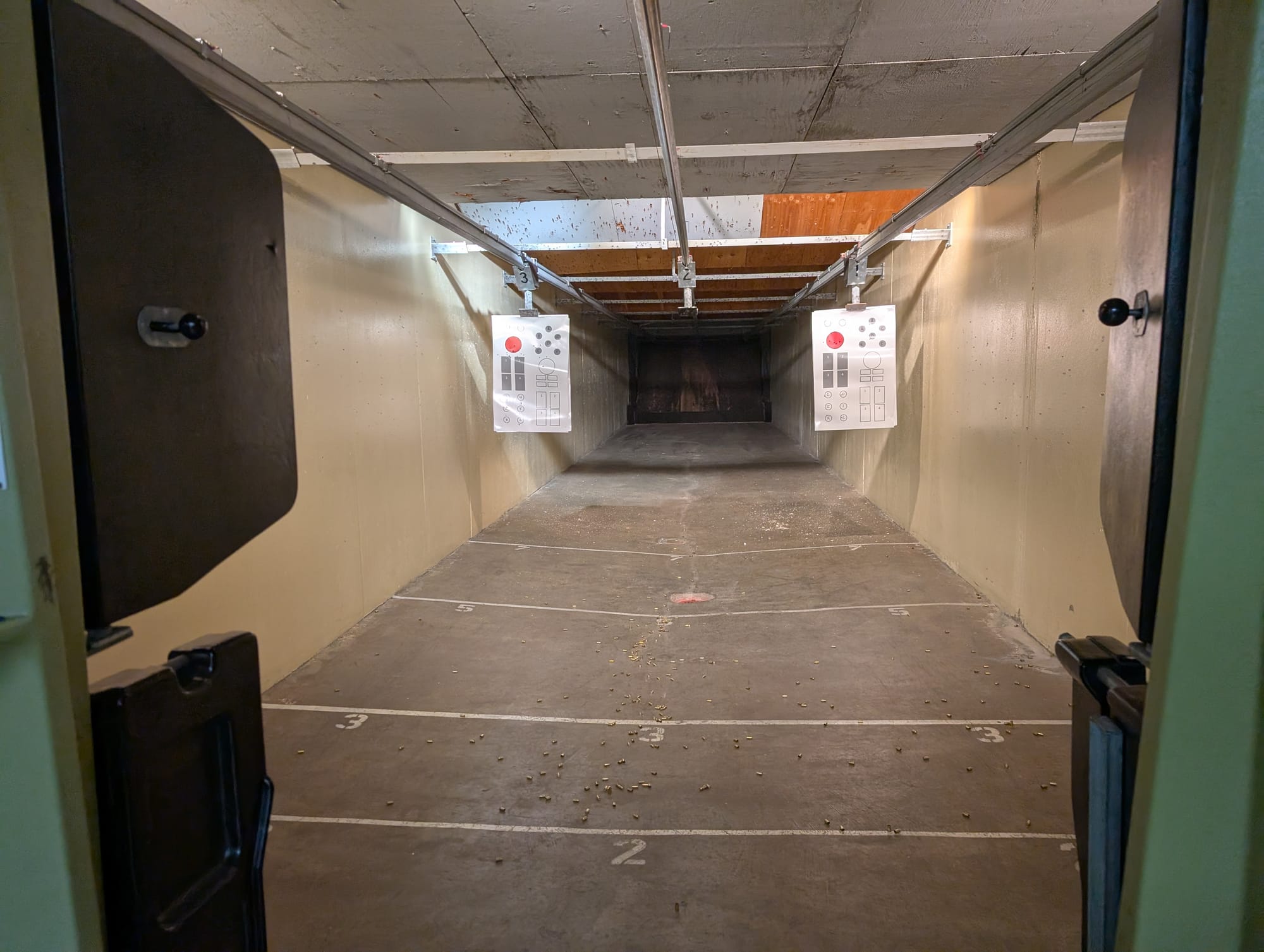
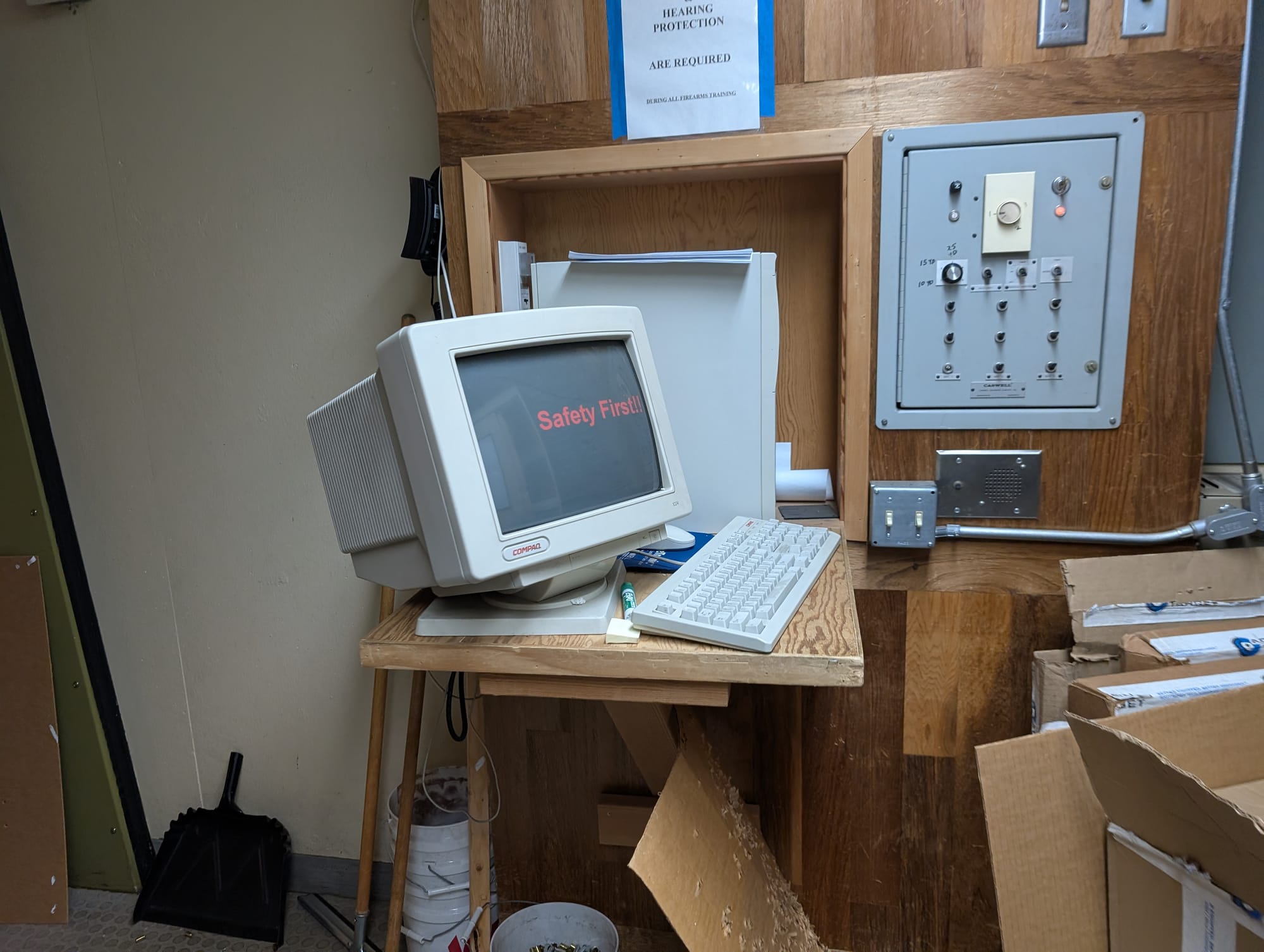
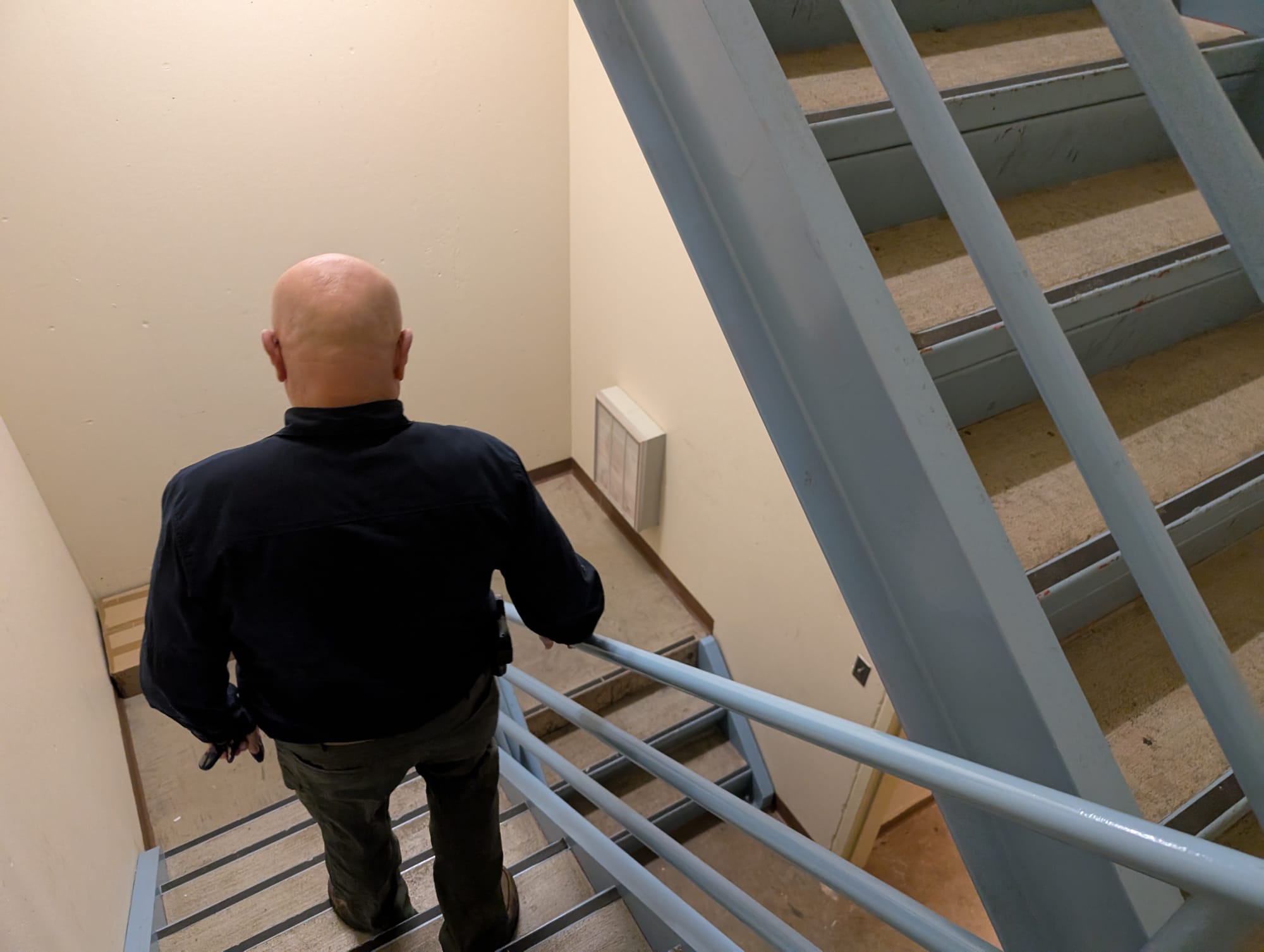
In the basement, there's a live fire range (controlled by a computer that is possibly older than this reporter), a few spaces for storage, and an electronics control room. When it rains, officers have to move the boxes on the floor in case it floods.



